The Wasteland In Paradise
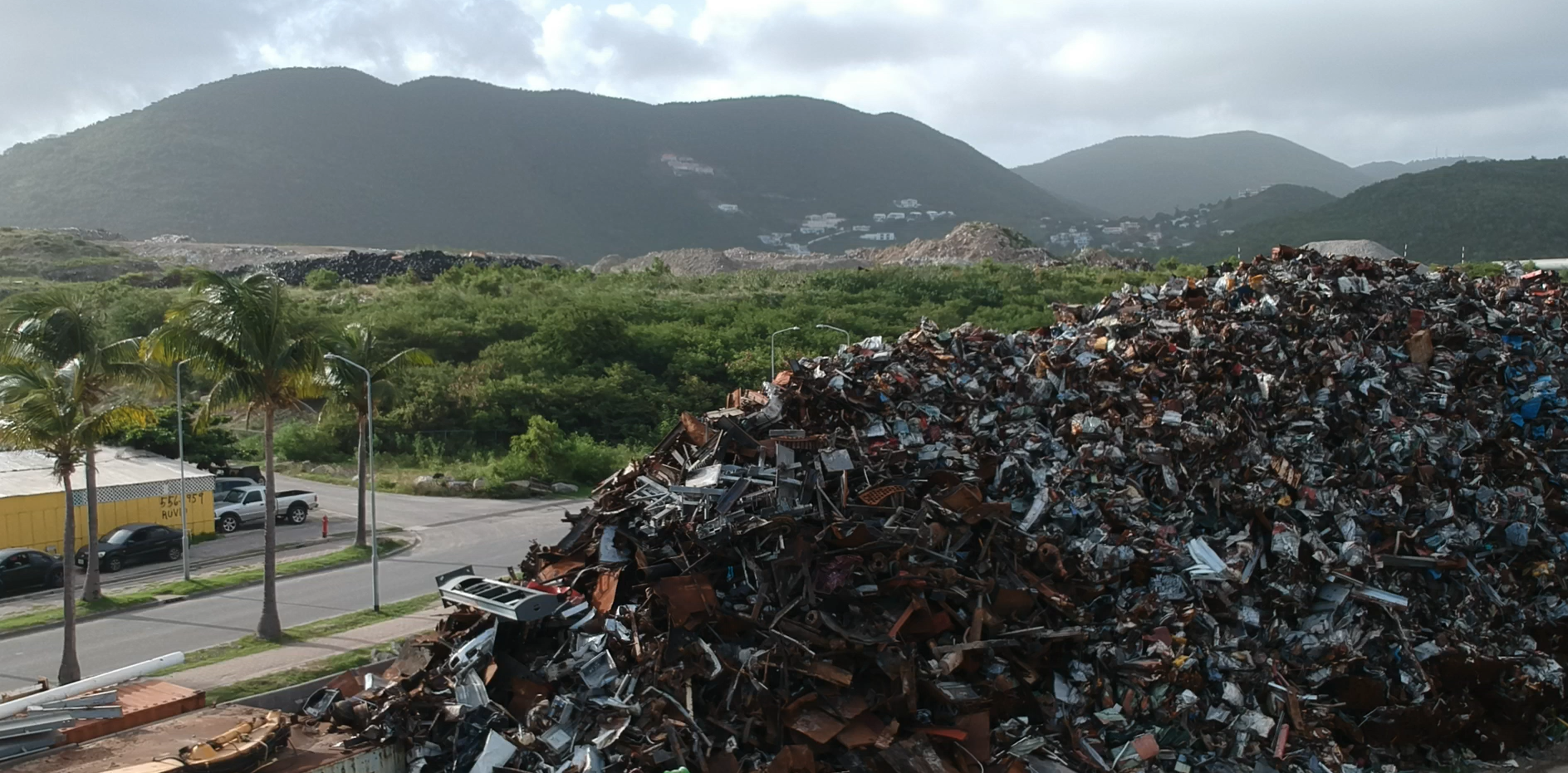
Mountains of wasteland overlook the Government Building on the Caribbean island of St Maarten.
The dump has been steadily growing over six decades. Its growth harms the local wildlife, environment and people.
The St Maarten government's plan to rejuvenate this landfill is slow moving.
There is an impoverished community that lives in its shadow.
The government says they must leave their homes, but no alternatives have been offered.
This community is entangled within a melee of issues that even the government is yet to unravel.
Poverty, slum landlords, fears of deportation, and uncertain land ownership are just a few of the issues these people face.
This is Pond Island.
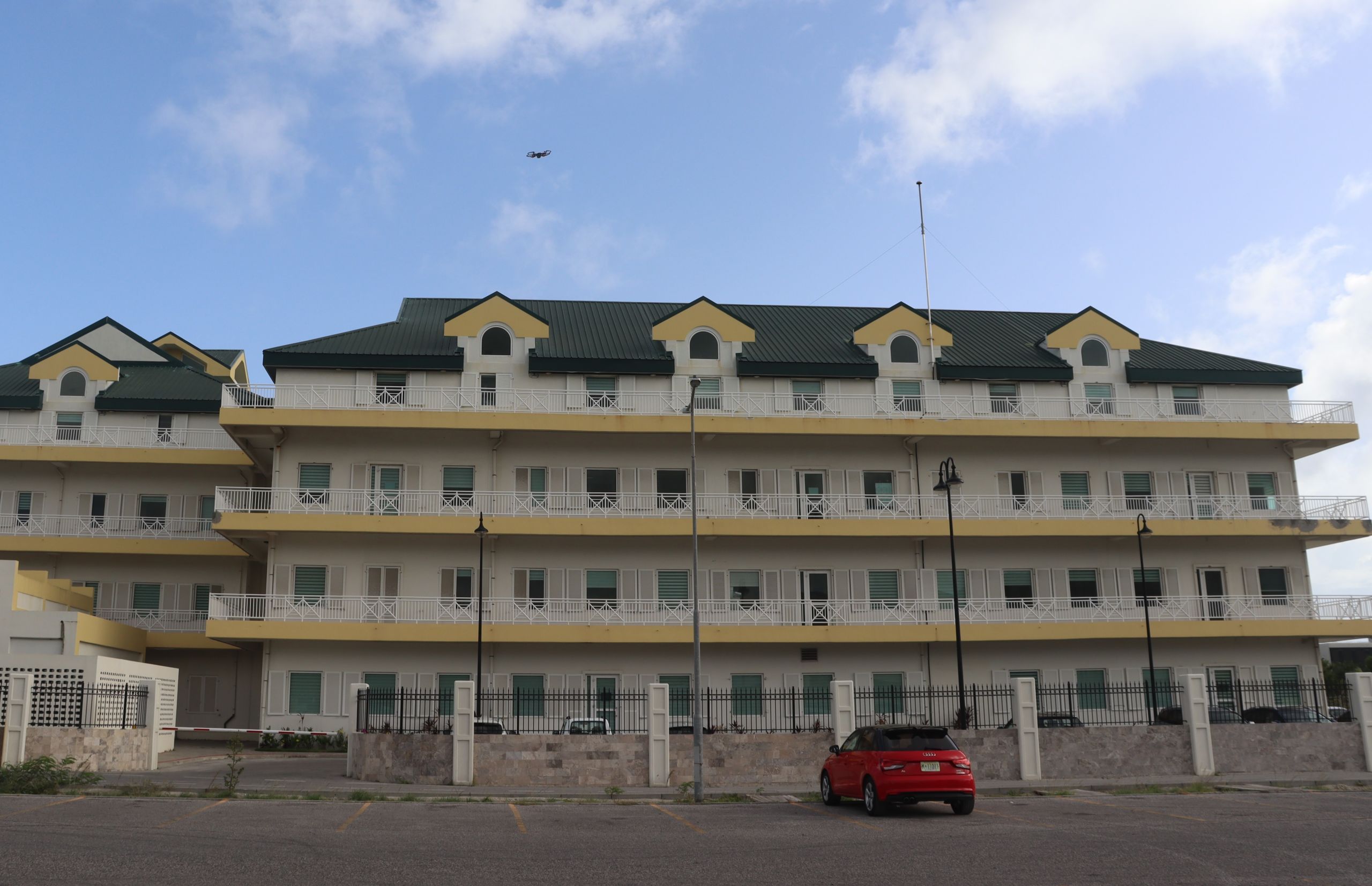
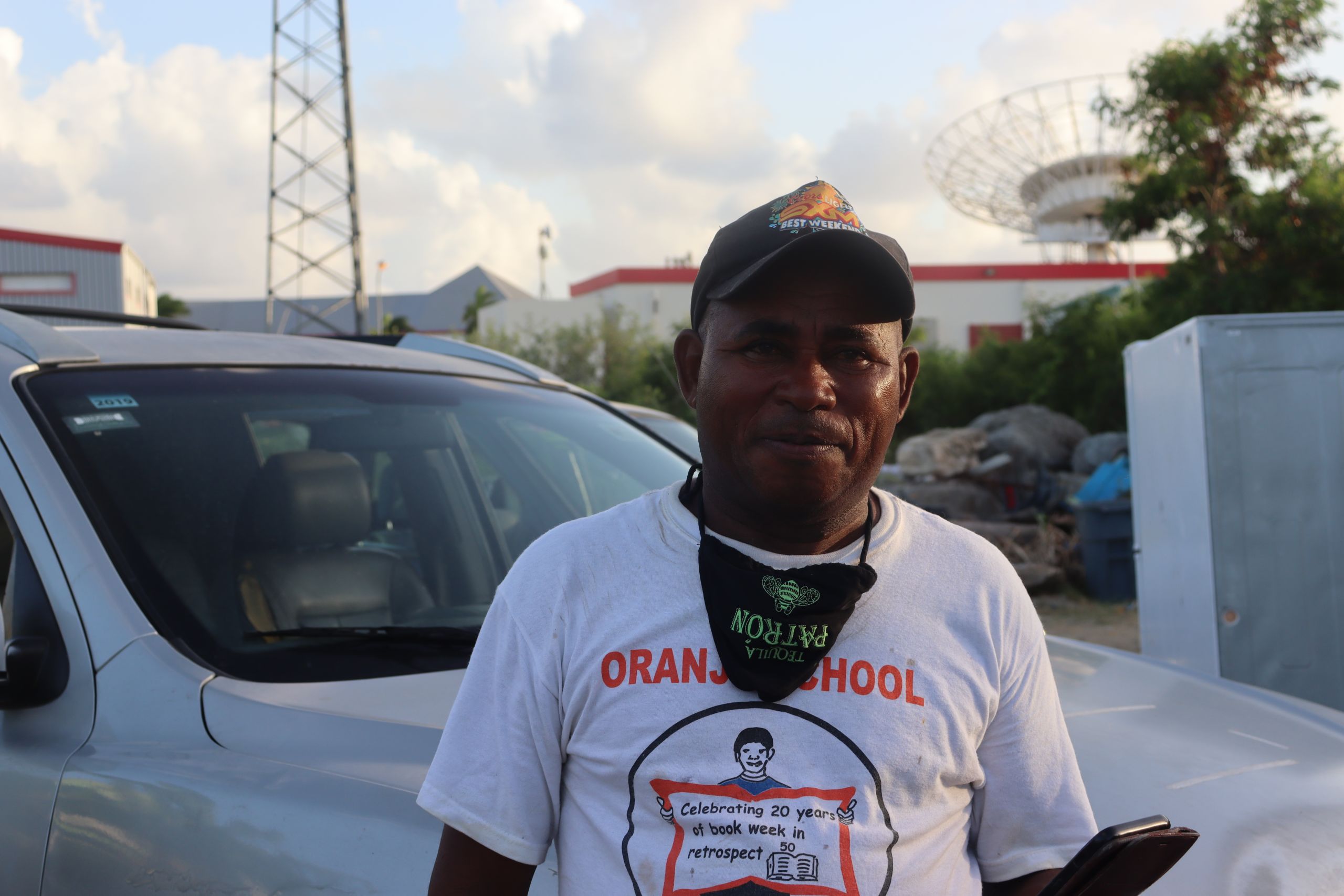
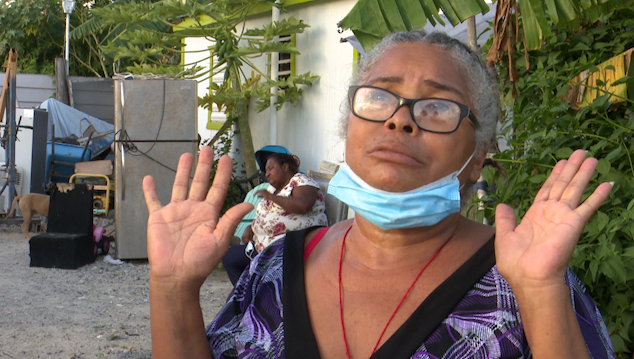
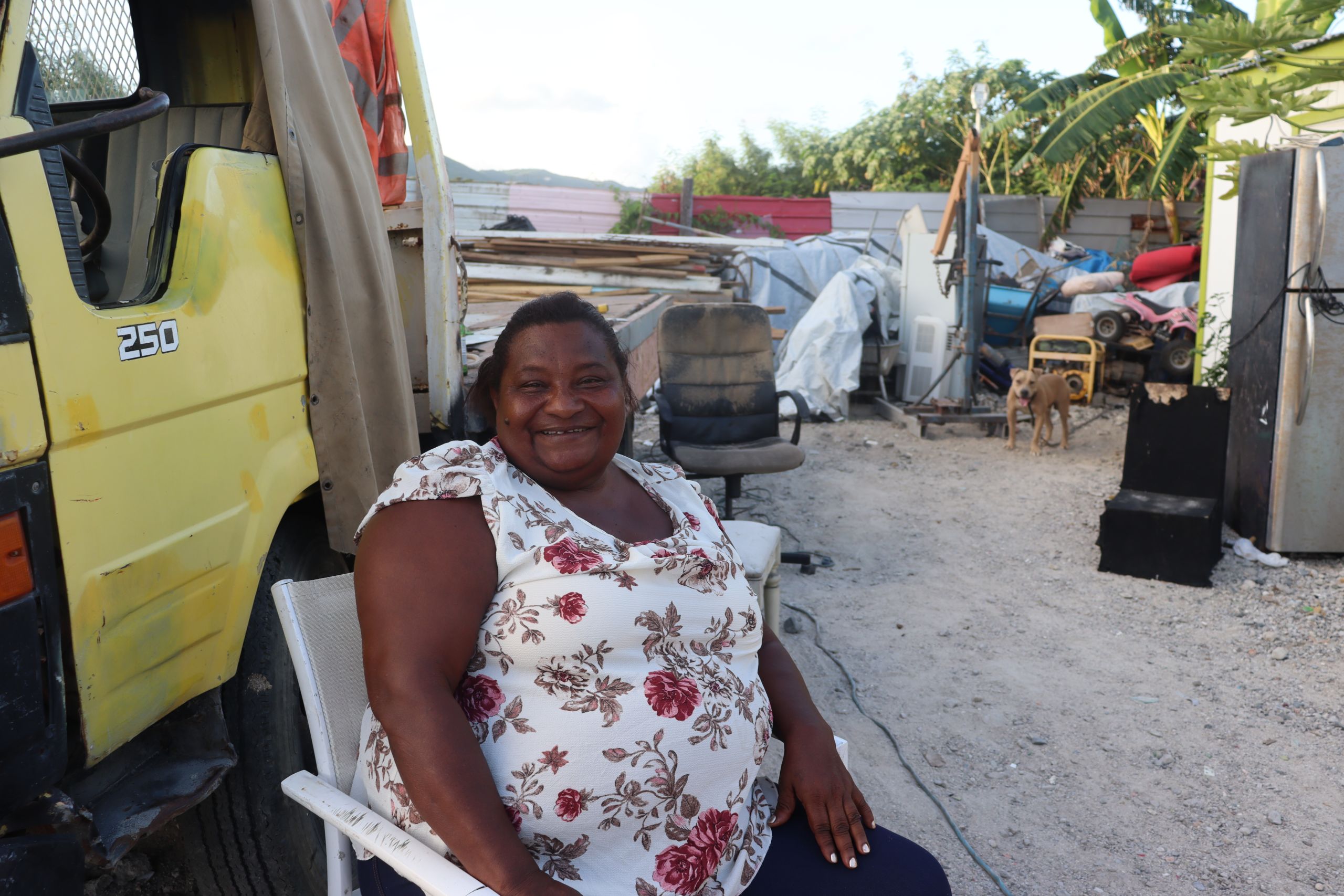
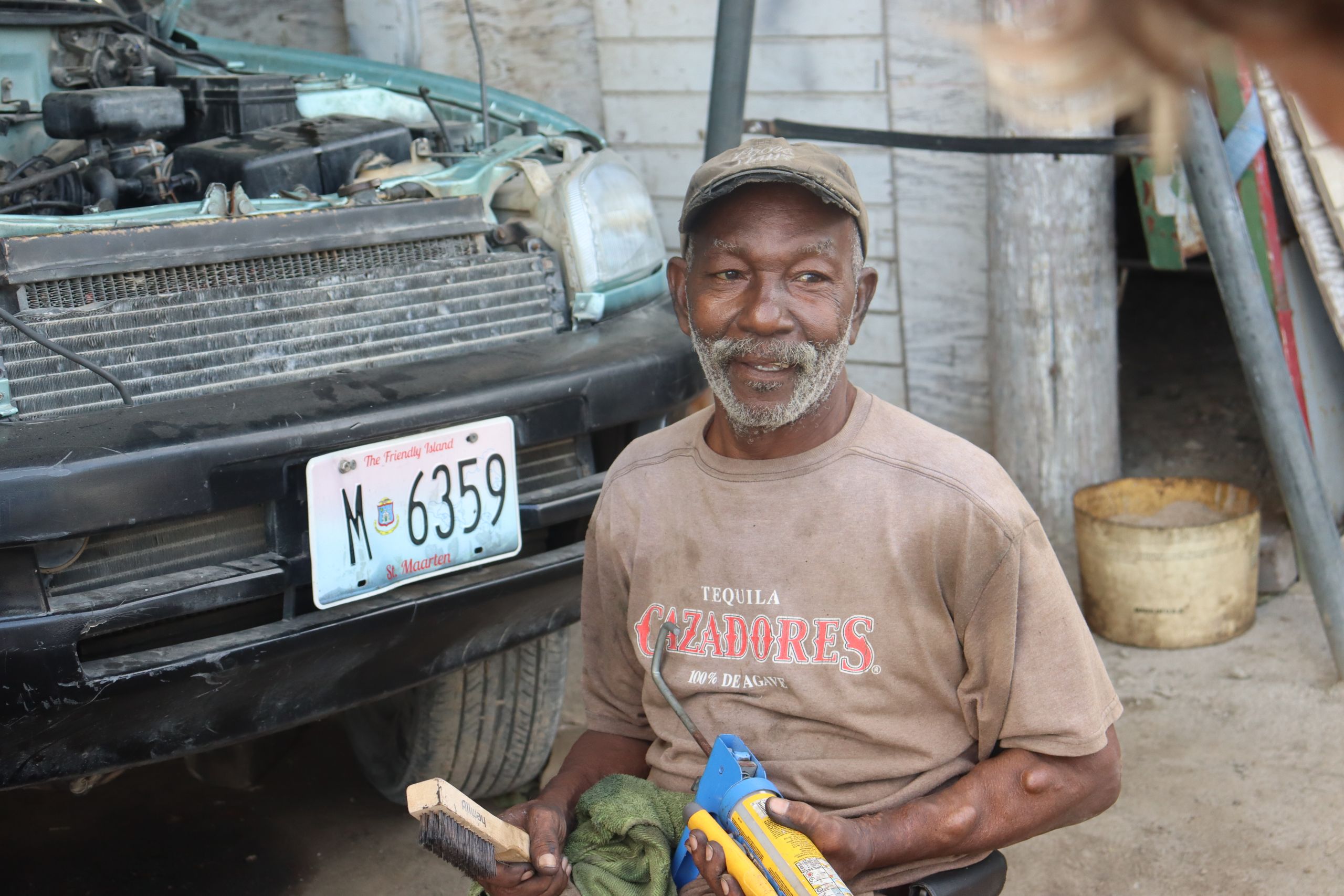
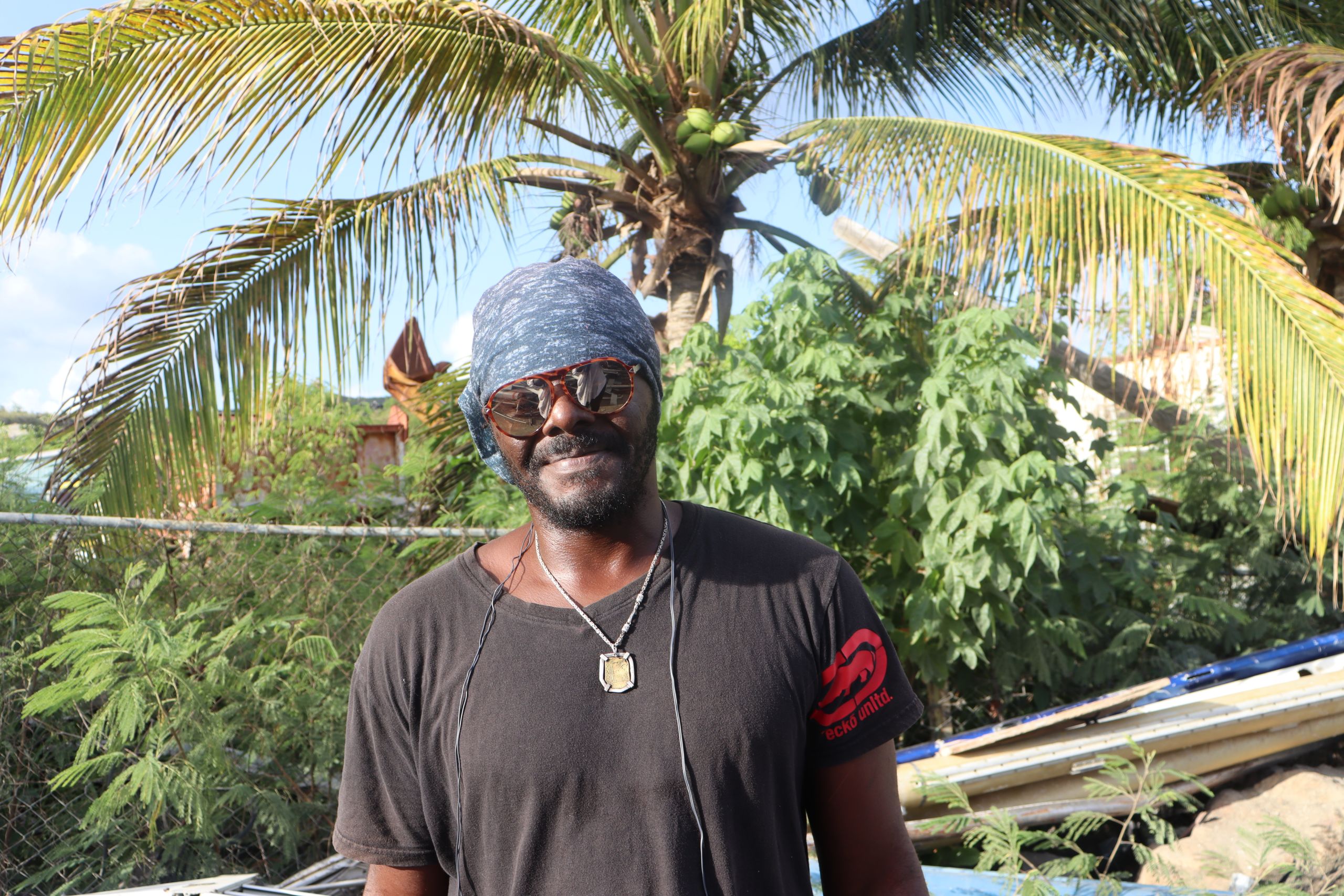
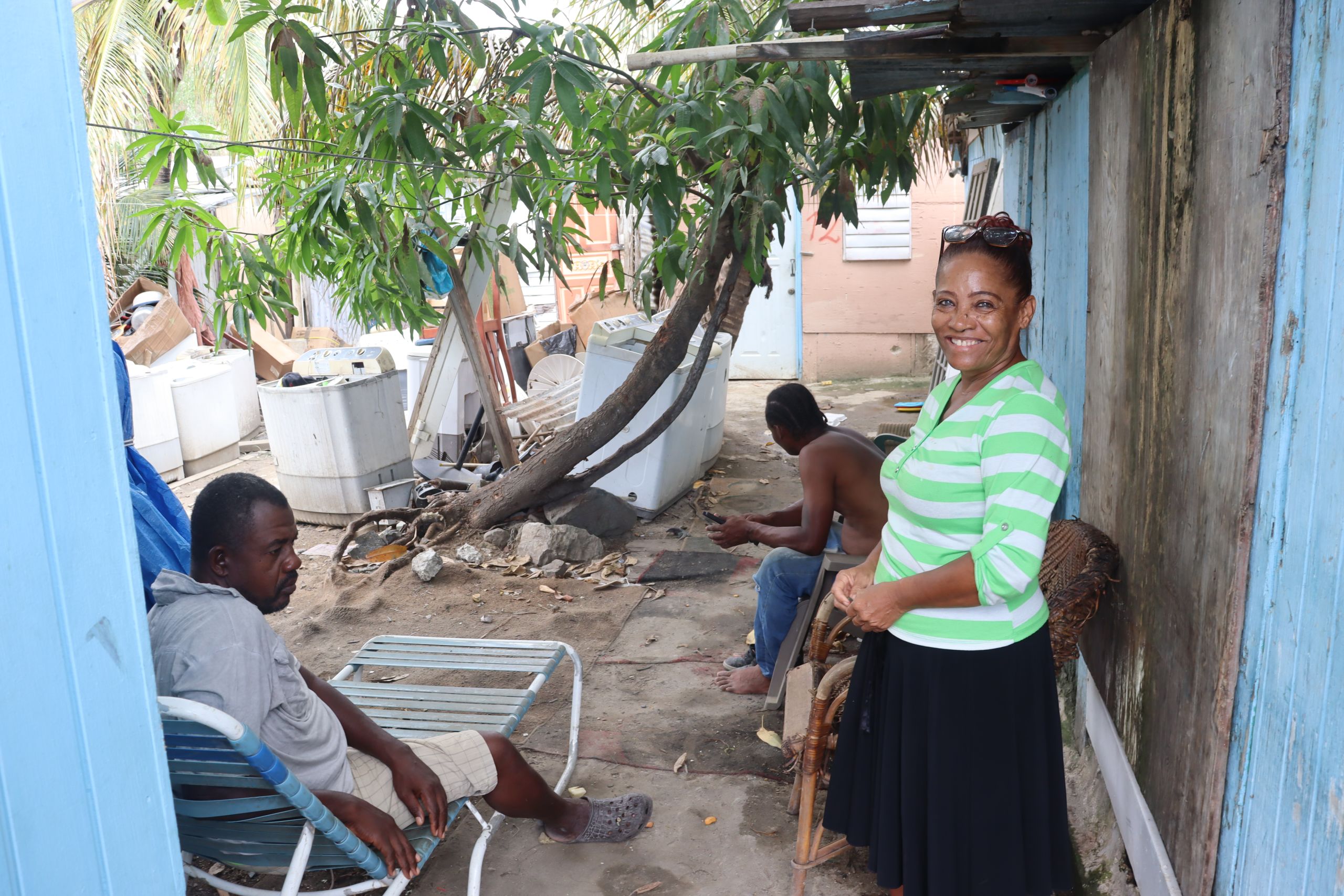
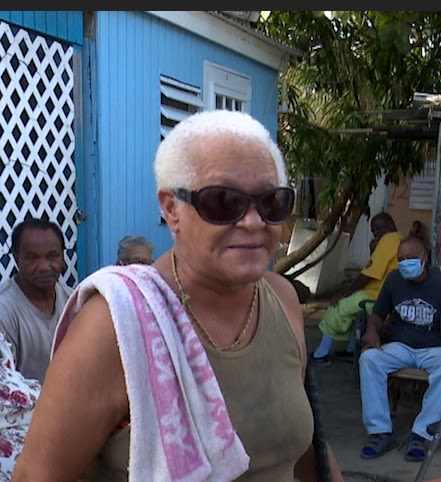

Phillipe's home was destroyed in hurricane Irma. He was in the process of building a container home on Pond Island when the government tore it down because he did not have the correct planning permission.
Phillipe's home was destroyed in hurricane Irma. He was in the process of building a container home on Pond Island when the government tore it down because he did not have the correct planning permission.

St Maarten is the home Ermitania loves. She's been a Pond Islander for twenty-two years
St Maarten is the home Ermitania loves. She's been a Pond Islander for twenty-two years

Angela describes the Pond Island community as safe and healthy. She believes all the people here have a good heart.
Angela describes the Pond Island community as safe and healthy. She believes all the people here have a good heart.

Christian admits he loves his place on Pond Island and feels very comfortable being part of the community.
Christian admits he loves his place on Pond Island and feels very comfortable being part of the community.

Troy grew up on Pond Island but moved away in his late teens. He has a business here and does what he can to help the community.
Troy grew up on Pond Island but moved away in his late teens. He has a business here and does what he can to help the community.

Rosa lives with her two year old granddaughter and son. She is happy to be able to help her son with childcare. She has been to four meetings about the resettlement but admits she still does not understand the process.
Rosa lives with her two year old granddaughter and son. She is happy to be able to help her son with childcare. She has been to four meetings about the resettlement but admits she still does not understand the process.

Connie is a well known character who has lived on Pond Island for over twenty years. She is blind and describes herself as an English woman.
Connie is a well known character who has lived on Pond Island for over twenty years. She is blind and describes herself as an English woman.
Videography Credit: Tim Van Dyke
Videography Credit: Tim Van Dyke
Videography credit: Tim Van Dyke
Videography credit: Tim Van Dyke
Fourteen meter high dusty mounds sit in the middle of St Maarten's Great Salt Pond. They are not one of the natural features of the island of St Maarten. Sixty years ago, these mounds were a small dumping ground of trash at the side of the path that crossed the Salt Pond. These insignificant trash piles have grown into an island of reclaimed land and waste spanning close to one square kilometer.
It is called Pond Island.
All of Pond Island is government land, as such, one side is home to various government entities. This includes the Government Building, Vehicle Inspection site, Post Office, Carnival Village, TelEm (a telelcommunications firm partially owned by government) as well as several legitimate businesses.
On the other side of the island, is a sprawling landfill site which is growing daily despite the fact that The National Recovery and Resilience Plan found the dump to be 'well over capacity' in 2018.
Following Hurricane Irma in 2017, the landfill became overwhelmed with debris from destroyed buildings. A temporary dumpsite was created on the opposite side of Pond Island which is still in use. At the time there was substandard compacting of trash and no waste separation, processing plant or recycling facility. Below the surface of the dump, temperatures exceeded 300°C and thirty-two fires broke out during 2018, some burned for days. Businesses and schools closed and people were advised to stay indoors as thick smoke drifted across the island.
After these events, a fire-suppression plan was put in place. Financial resources and technical measures were established to rehabilitate the landfill and preserve St Maarten's environment, economy through tourism and the health of its population.
In an attempt to remediate the dump, the Government of the Netherlands allocated funding to The St Maarten Trust Fund. This was to assist the island after the financial and physical devastation of Hurricane Irma. The intention was for the landfill to be redeveloped by The National Recovery Program Bureau (NRPB) through the Emergency Debris Management Project (EDMP). Its purpose is to improve solid waste management practices, increase operational health and safety for site staff and to reduce the possible negative impact of the landfill on local people and the environment.
But work on the Emergency Debris Management Project has been hindered.
The area surrounding the dump on Pond Island is home to almost two hundred impoverished people. They live in make-shift homes, shacks and converted shipping containers. Many of these people are elderly living off St Maarten's 674NAf (approximately US$375) monthly pension. Some claim to be legal citizens of St Maarten and Dutch passport holders, others say nothing.
The NRPB determined that parts of this community will need to be moved before work can begin. But to date the St Maarten government has not finalised the details of this rehoming, dubbed the Resettlement Action Plan (RAP).
These Pond Islanders are concerned whether the RAP would impose different requirements for those who can prove their citizenship and those who can not. And some St Maarten citizens are indignant that government money may be spent on re-homing undocumented 'squatters'.
According to the government, the community here is 'informal'; many of the homes do not have an officially recognised address. Some Pond Islanders, who do not want to speak out publicly, claim they live legitimately, paying rent to local landlords. The Kadaster, the island's official land registry, confirms that all of Pond Island is owned by the government.
The government is unwilling to share details of what land is under lease and who it is leased to.
If this community must move, they want to know who is moving, where they will go, when and how they will move. Until the RAP is ready, they continue to live in uncertainty on the dump.
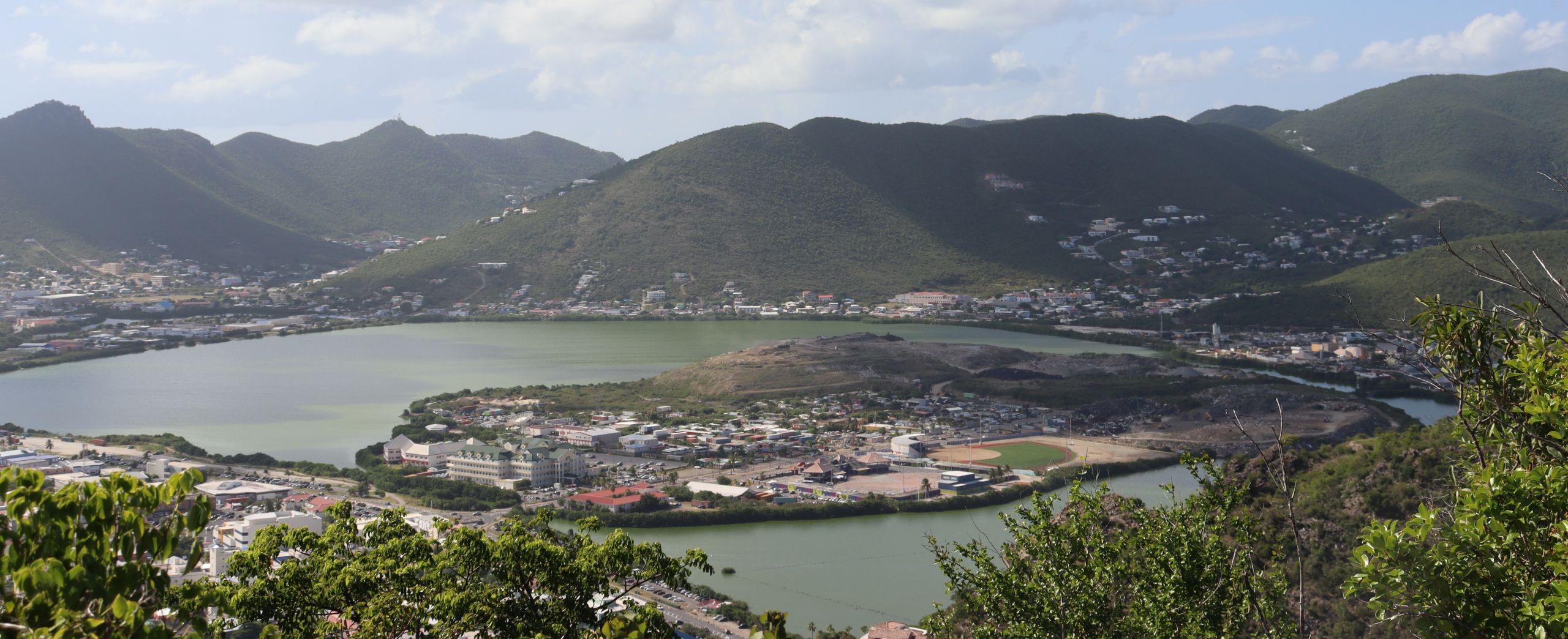
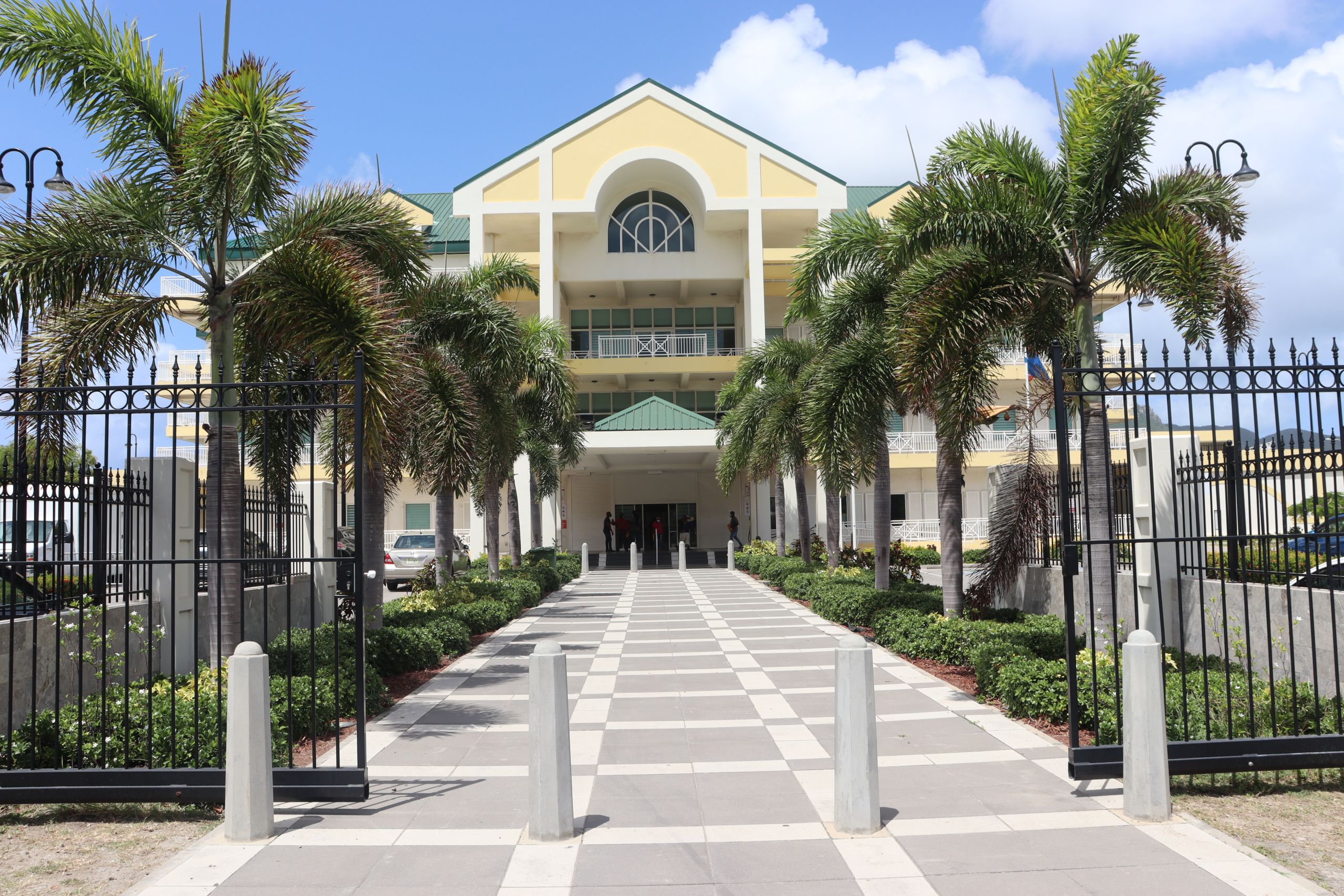
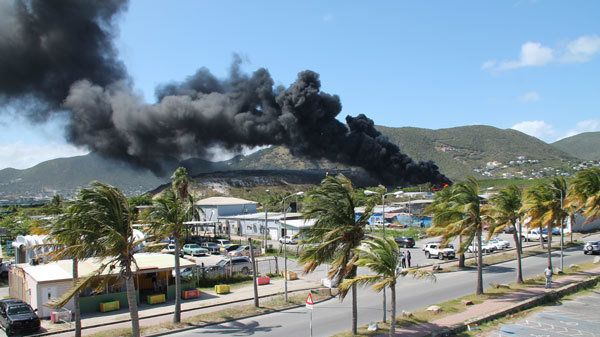
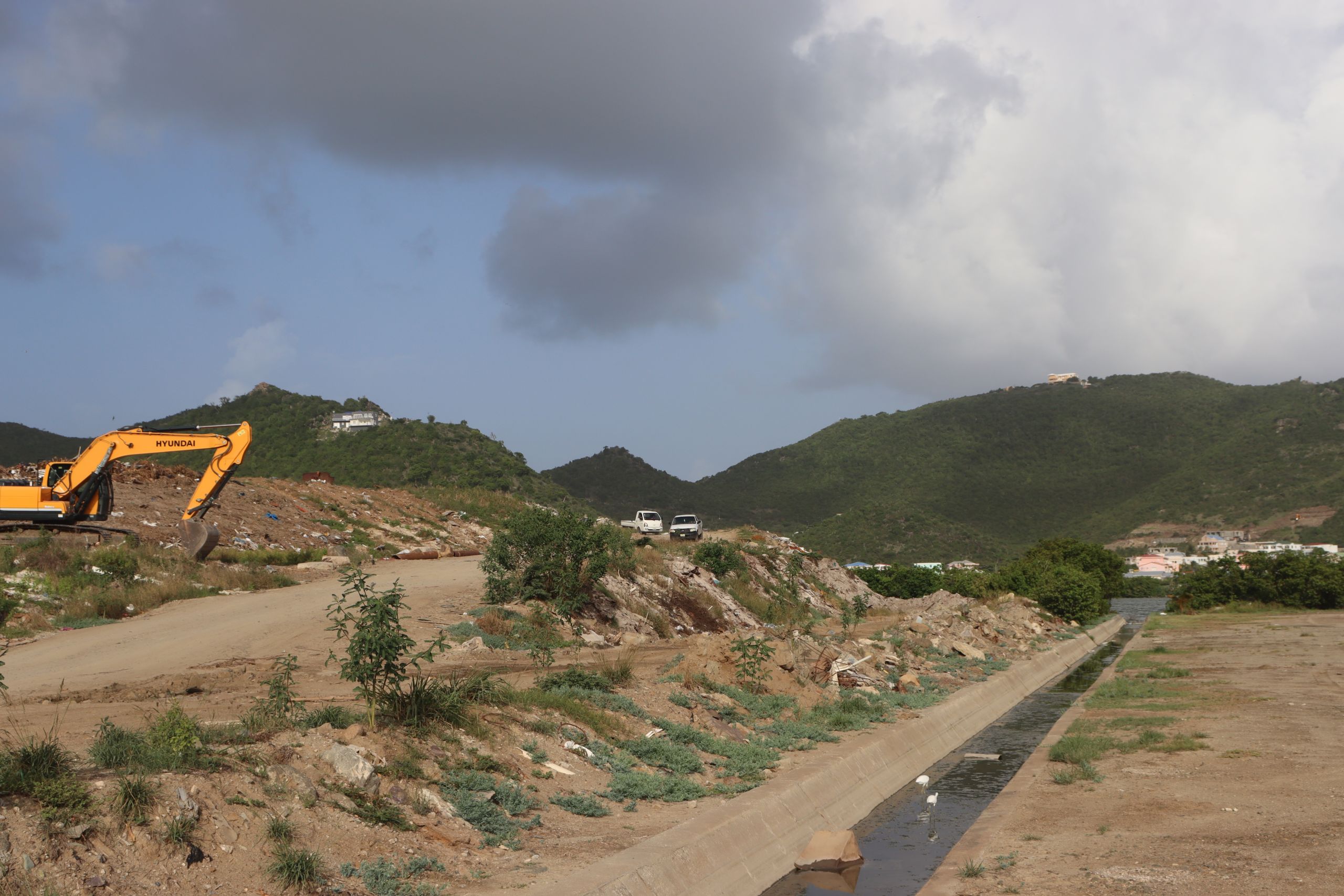
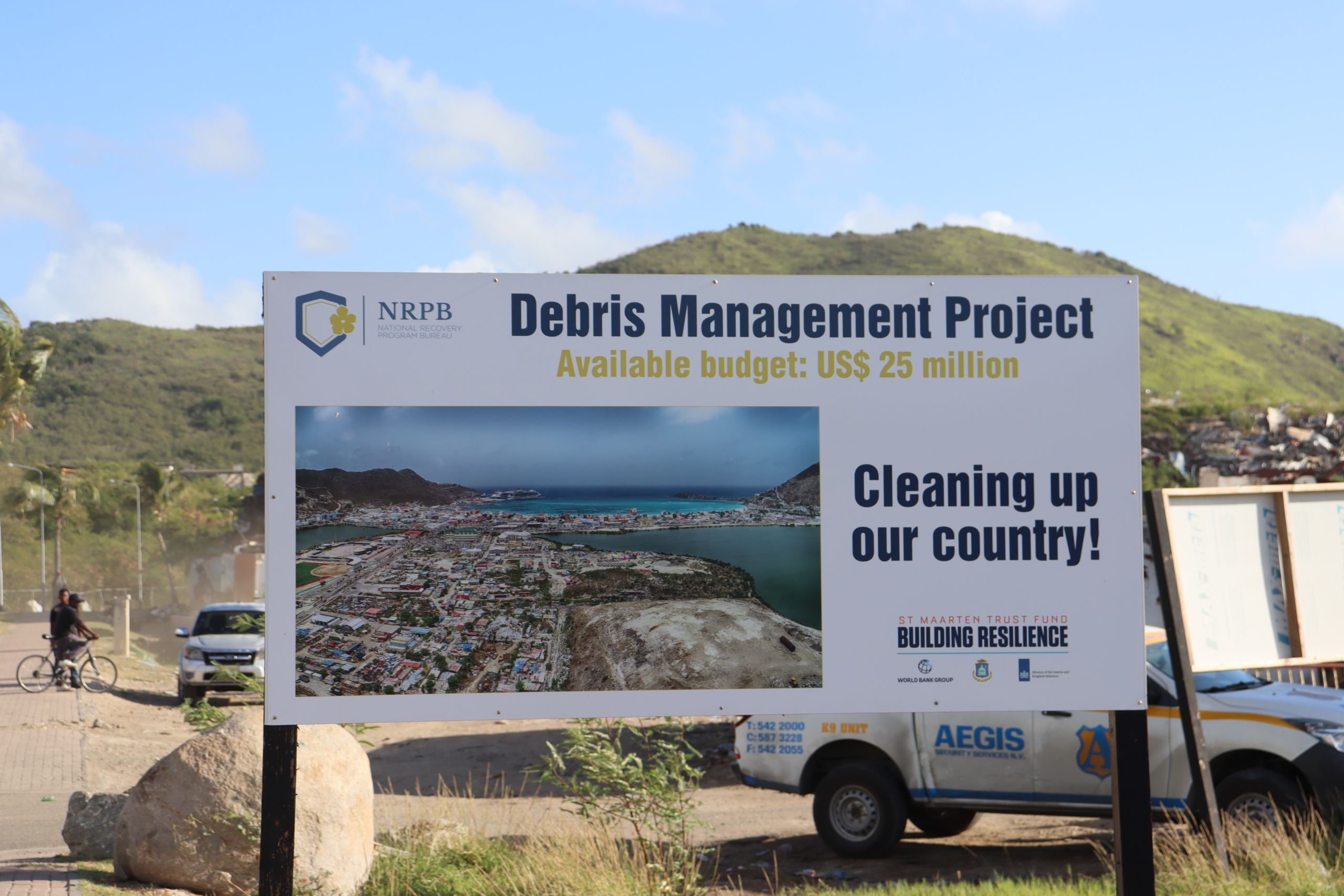
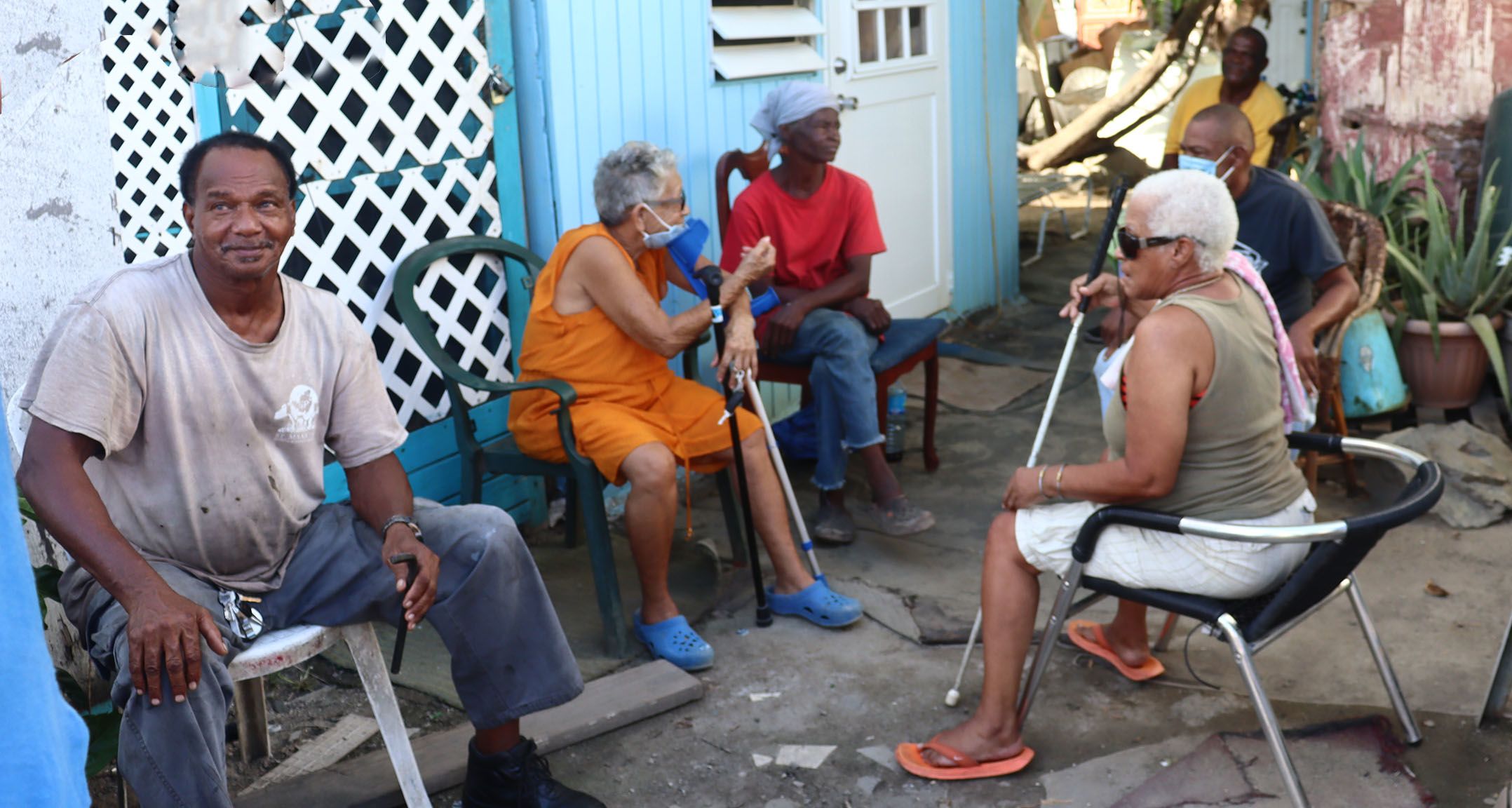
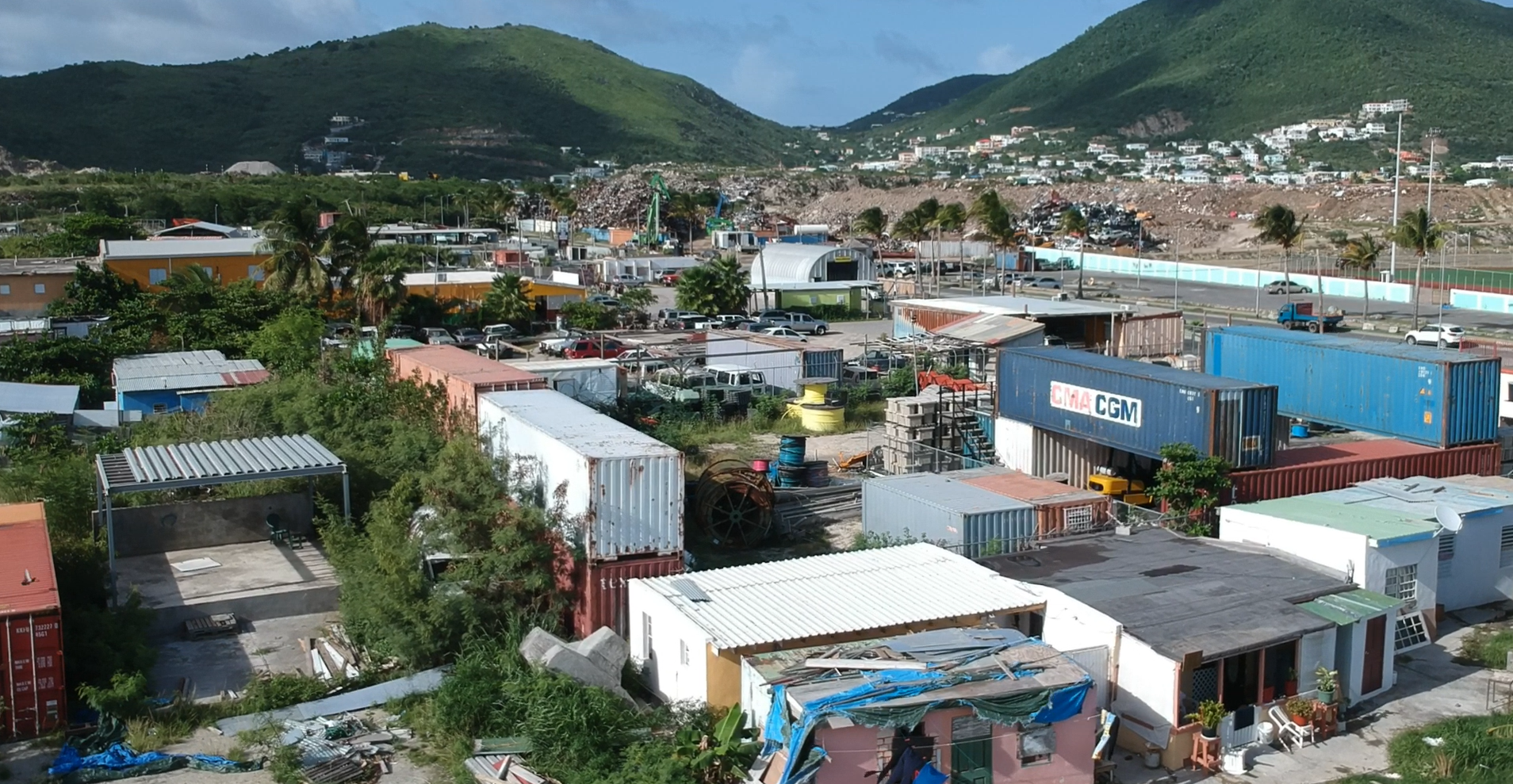
(Tim Van-Dyke produced with Soundwise video maker from Soundwise)
(Tim Van-Dyke produced with Soundwise video maker from Soundwise)
(Tim Van-Dyke produced with Soundwise video maker from Soundwise)
(Tim Van-Dyke produced with Soundwise video maker from Soundwise)
The Pond Islanders
Although they've had meetings with the government, The World Bank and the NRPB, some of the people living on Pond Island say they do not fully understand the premise of the Resettlement Action Plan. This situation is even more complicated for those who do not speak English as their first language.
Don* translates for some members of the group about their role in the origins of Pond Island's growth. He explains that about twenty years ago, the community brought sand to fill in parts of the pond. They built homes and started businesses without any intervention from the government. They understand the land belongs to the government. But since they have been paying taxes all these years they want to know if the Resettlement Action Plan includes compensation for the structures and businesses they established.
*names and voices have been changed
Getting Answers
St Maarten Government: The Ministry of Public Housing, Spatial Planning, Environment, and Infrastructure (VROMI)
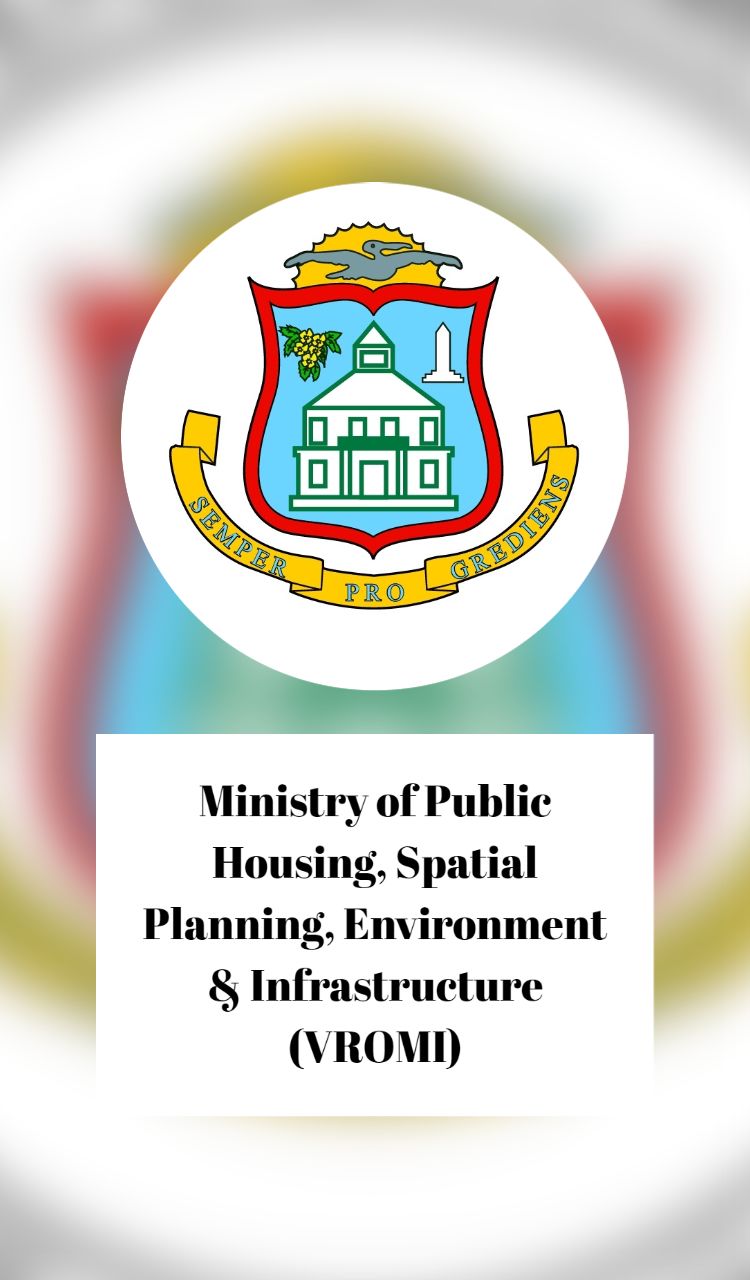
The Netherlands has set aside €550 million for the reconstruction of St Maarten through projects such as The Emergency Debris Management Project (EDMP) and the Resettlement Action Plan (RAP). $22.5 million has been designated for the EDMP of which $9.6 million has been distributed. The funding from The Netherlands is to be administered by The World Bank through the St Maarten Trust Fund. Although St Maarten is within The Kingdom of The Netherlands, it is an autonomous country. This means the St Maarten government is wholly responsible for the remediation of the landfill and the resettlement of the surrounding community.
This was the response from the Acting-Secretary General of VROMI to questions requesting further information about the RAP and details of whether or not land on Pond Island is or can be leased.
As part of the Environmental and Social Safeguards Framework of the World Bank, a social safeguards assessment is currently being conducted by a consultancy firm which has been hired by The NRPB who will be responsible for the drafting of a Resettlement Action Plan. We cannot provide any answers at this point in time until the situation has been totally reviewed and assessed and we know how we will proceed pertaining to the resettlement of the informal community adjacent to the Landfill.
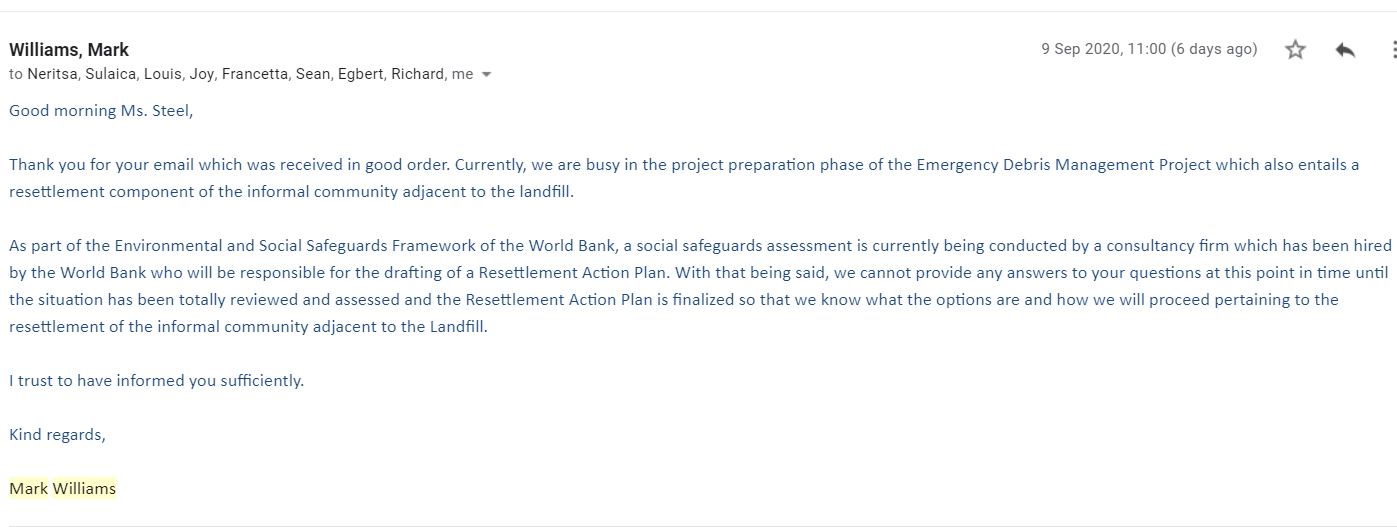
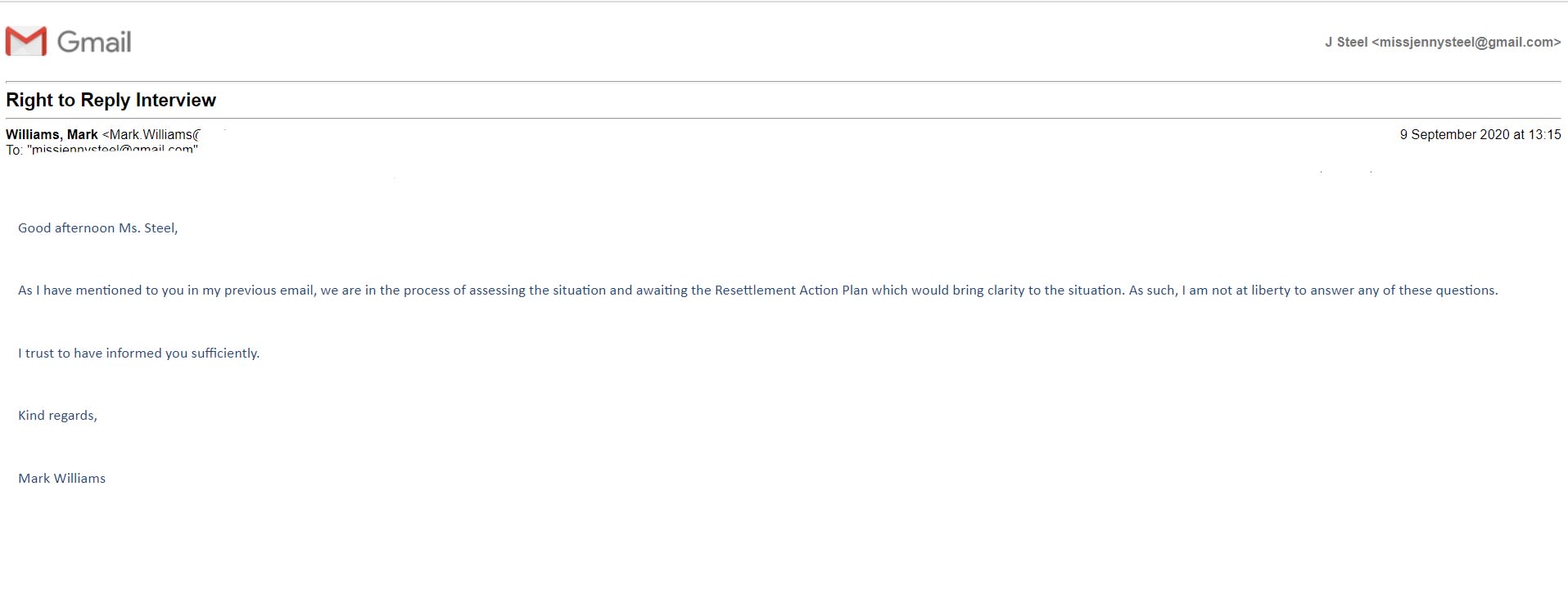
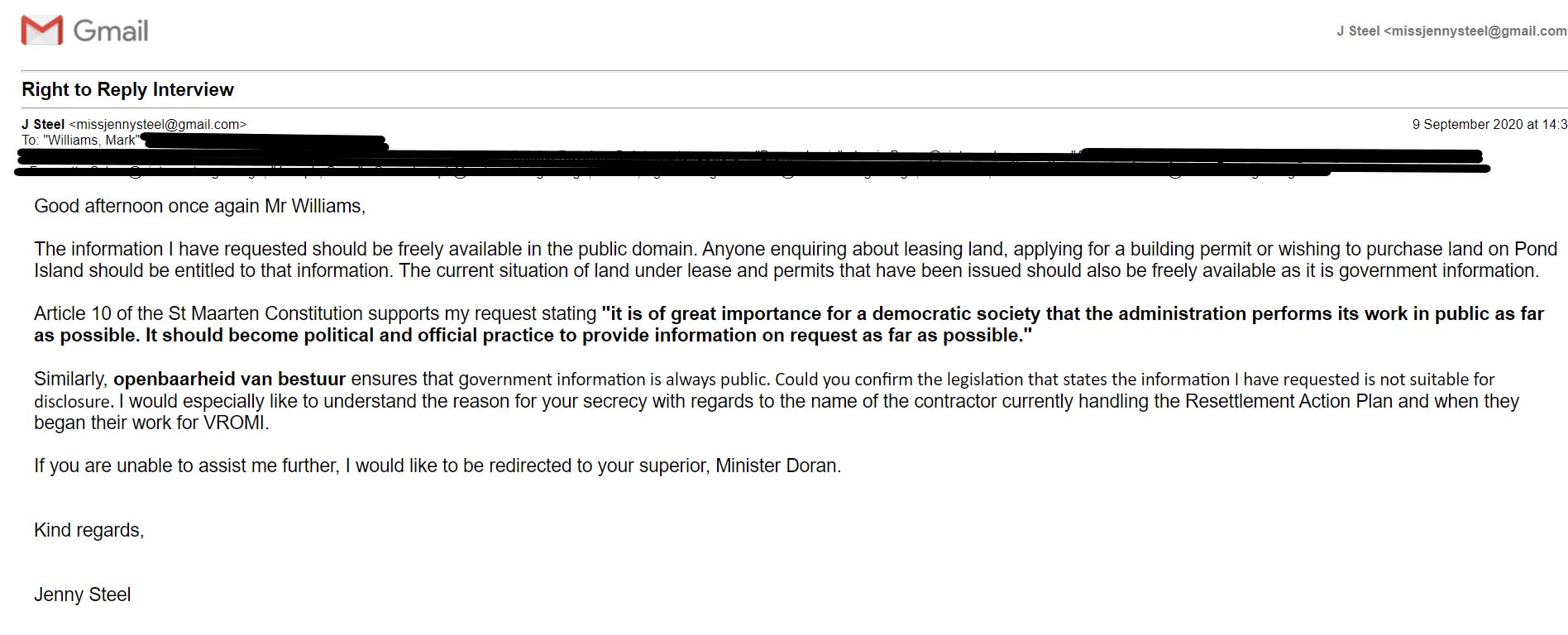
National Recovery Program Bureau
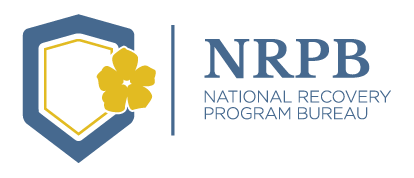
The National Recovery Program Bureau (NRPB) is set to upgrade the debris storage and municipal disposal sites. After a public consultation, NRPB found that the community adjacent to the dump would have to be resettled to enable safe redevelopment of the landfill through the Emergency Debris Management Program (EDMP). The NRPB determined that any resettlement that takes place has to be done under a 'no harm principle'. This means people affected by the EDMP should not be worse off and ideally, their resettlement should have a positive impact on their living conditions.
An extensive Environmental and Social Impact Assessment (ESIA) is currently being conducted to ensure that the activities under EDMP do not negatively impact people or environment. This ESIA looks at a broad scope of waste management activities on Pond Island. During a public consultation round in June 2019, it was already indicated that a part of the community adjacent to the waste disposal site will have to be resettled in order to safely intervene in the landfill operations through EDMP.
The World Bank
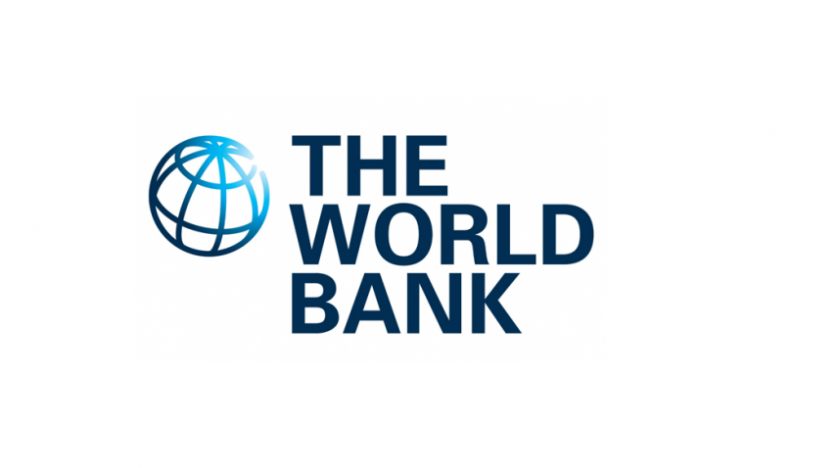
The World bank found the EDMP Moderately Unsatisfactory because the resettlement of the community around the landfill has not happened. Through providing financial products and technical assistance, The World Bank manages the funds The Netherlands allocated to St Maarten. They have come under scrutiny from some St Maarten politicians such as Claudius Buncamper, due to the two conditions St Maarten must adhere to for the funds to be issued:
- The establishment of an Integrity Chamber
- Improved border controls
Key challenges around the resettlement of the community living close to the landfill underpin the [World Bank's] Moderately Unsatisfactory rating. All projects managed by the World Bank are rated against implementation progress which includes disbursements, financial and procurement management, environmental and social management, project management, and progress against intermediate results indicators. This rating assesses the progress made under the project against the progress planned under the project.








Local Opinions
The Parliamentarian
MP Claudius Buncamper is vehemently opposed to the Resettlement Action Plan and has expressed his wish for the shacks to be torn down. He believes the St Maarten government have condoned illegal settlements on the landfill over the years, and now is the time to rectify the situation.
MP Claudius Buncamper's views on the Resettlement Action Plan for the Pond Island community
I am not in favour of moving people who are illegally residing on Pond Island at the expense of the people of St Maarten.
The Volunteer Aid Worker
Darius* fears some of the poorest families on Pond Island could end up being deported due to the RAP. According to him, the Coronavirus pandemic caused many families to lose their jobs, their rights to assistance from the government and their papers to stay on the island. He's particularly concerned for the children of these undocumented families who have only known life in St Maarten.
We're feeding many kids right now, in addition to several other people on Pond Island. About fifty families. But we're not telling the government as that's fifty unemployed families they can just send off.
The Environmentalist
Melanie Meijer zu Schlochtern is a marine biologist, ecologist and director of The St Maarten Nature Foundation. She has always been concerned about the dump's location in the middle of the Salt Pond. Melanie believes that stricter enforcement of environmental regulations by St Maarten's authorities could help to remedy the impact of the dump upon the local environment and community.
Melanie suggests solutions to help St Maarten's environmental problems
Everything on the dump can wash out into the surrounding waterways. Even if there are no serious chemicals in the water, there are a lot of nutrients. Nutrient rich water encourages algae growth which decreases oxygen levels, suffocating fish and other animals. When this nutrient rich water drains into the ocean, St Maarten's coral reefs are negatively impacted as well. If the landfill could disappear then we could have a healthy Salt Pond.
The Family Member
Don* is a close family member to some of the community on Pond Island. He's a born and bred St Maartener who spends a lot of time with his family here. A year ago, some officials he believed to be from the government came and collected personal information from everyone in the community. He's concerned the money allocated by The World Bank has been stolen. VROMI were asked to confirm details of this data collection but did not respond.
Don* voices concerns he has for the community living on the landfill
Maybe they [the government] stole the money so they've already forgotten about the people here.
The St Maartener
Sixth generation St Maartener, Tadzio Bervoets feels he understands the historical significance the salt ponds have contributed to the growth of the island. Tadzio worked with The World Bank on the emergency remediation project for the landfill and was also the director of The St Maarten Nature Foundation, for ten years. He believes that St Maarten's environment and cultural heritage has been impacted by the mismanagement of Pond Island.
Tadzio believes St Maarten's heritage has been impacted
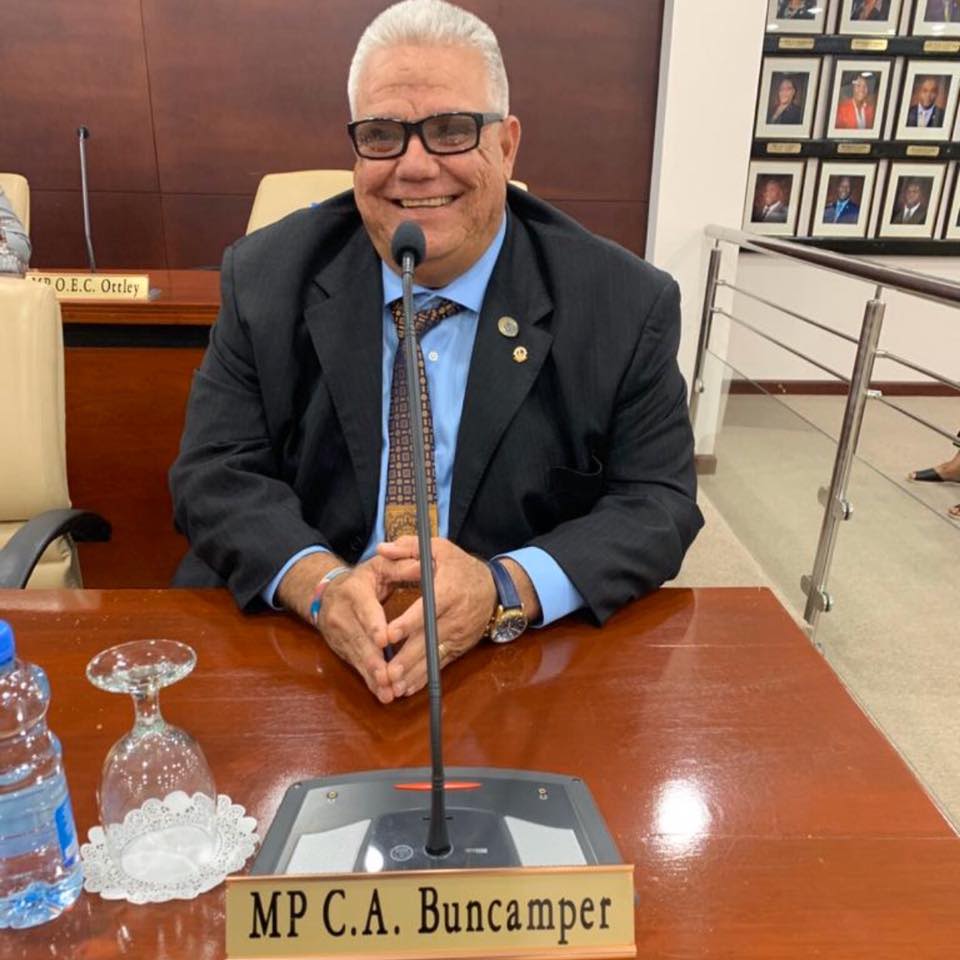
Image Credit: Claudius Buncamper
Image Credit: Claudius Buncamper
Image Credit: Joel Muniz - Unsplash
Image Credit: Joel Muniz - Unsplash
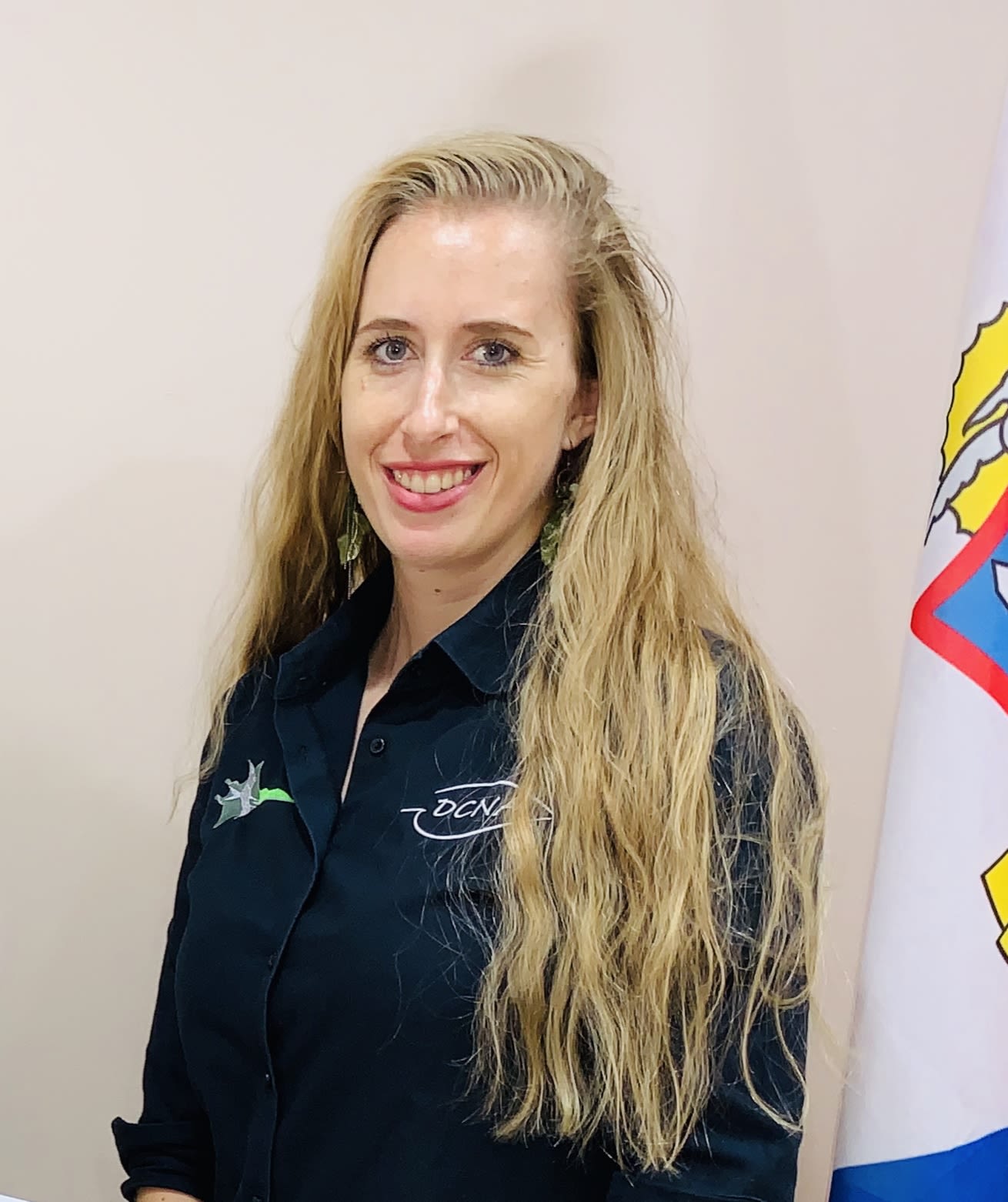
Photo Credit: Melanie Meijer zu Schlochtern
Photo Credit: Melanie Meijer zu Schlochtern
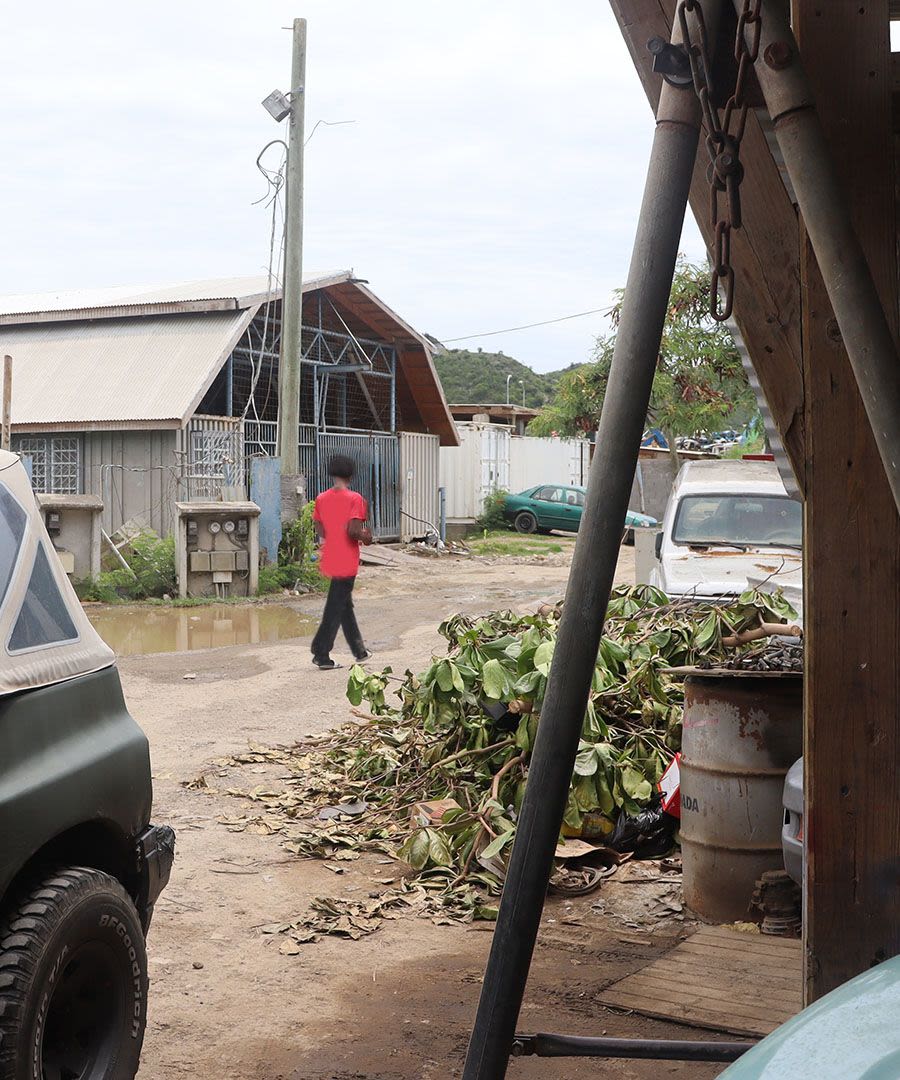
Don* walking down Brine Road
Don* walking down Brine Road
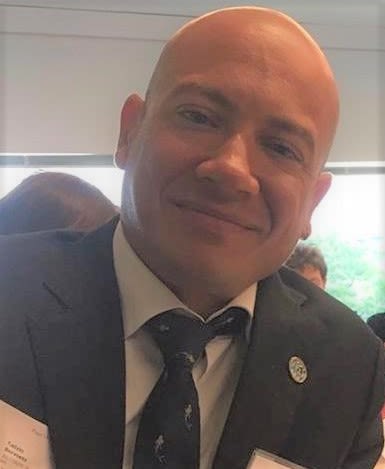
Image Credit: Tadzio Bervoets
Image Credit: Tadzio Bervoets
*names, images and voices have been changed
Soualiga - The Land of Salt
The Great Salt Pond was once vital to St Maarten's importance as a Dutch colony. Beginning in the 1630s salt was harvested from its shores right up until commercial production ended in the 1920s.
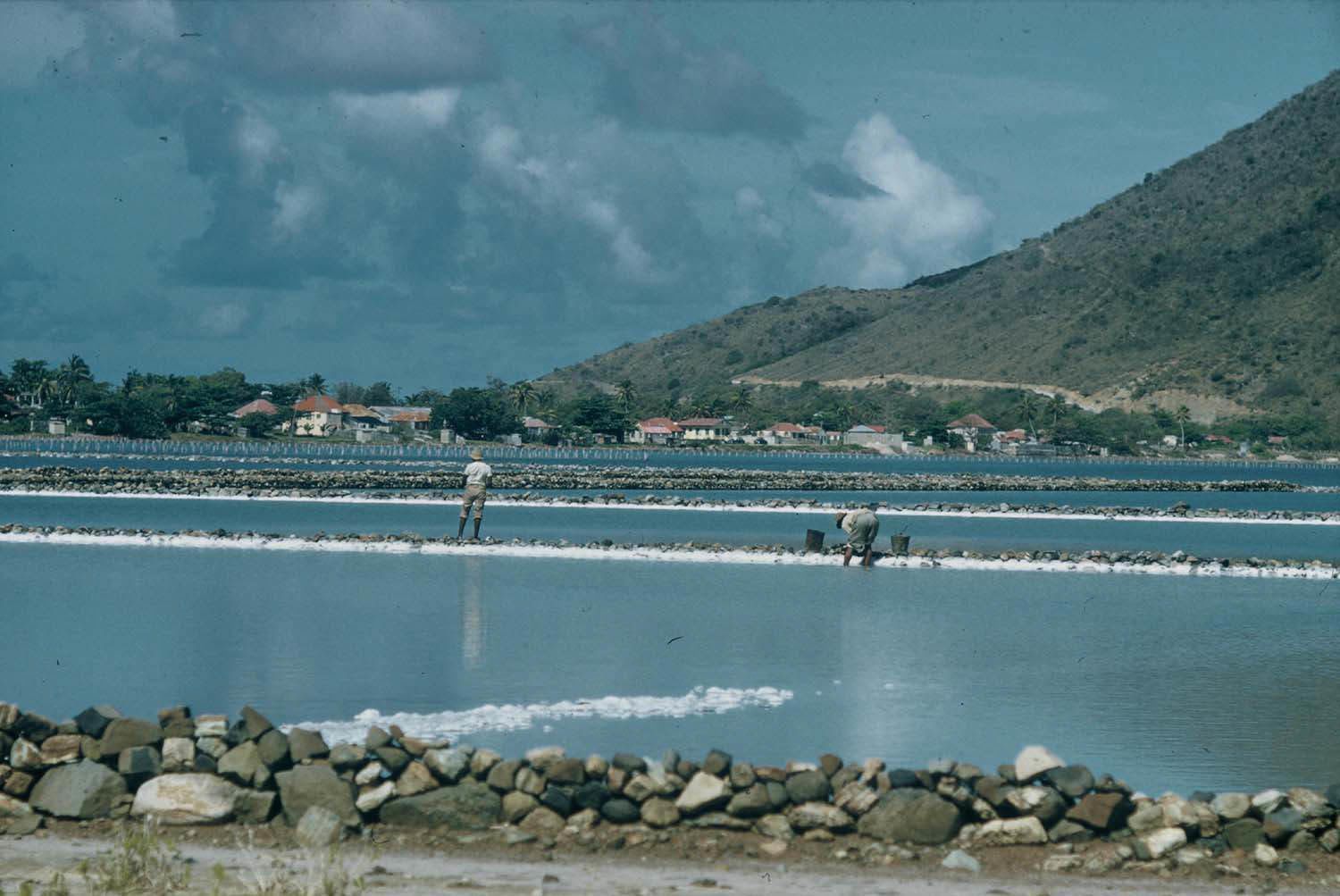
People picking salt in the Great Salt Pond, circa 1957, Photo Credit: The Tropenmuseum.
People picking salt in the Great Salt Pond, circa 1957, Photo Credit: The Tropenmuseum.
Archeologist, Dr Jay Haviser is the director of The Sint Maarten Archaeological Centre (SIMARC). He regards the salt ponds as one of the most historic and central features to St Maarten's history.
Salt ties to one of the oldest names we have for this island, Soualiga, a Carib word that means 'Land of Salt'
When the Dutch first came to St Maarten in 1627 the salt pans would have provided them with a way to preserve their food when travelling across the oceans. During colonial times salted fish was the colonies' main food source.
Approximately one thousand enslaved Africans were forced to work in the Salt Pans of St Maarten. The work was brutal. The salt burned their eyes and cut their hands and feet. The wounds were then pickled by the salt.
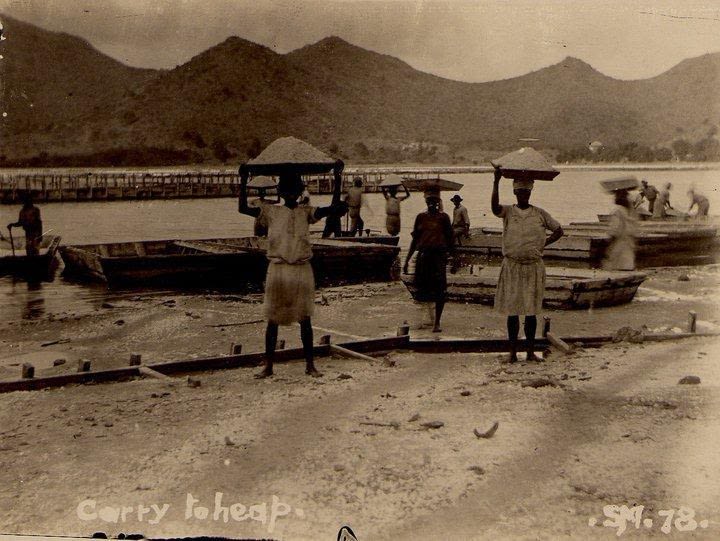
Carrying salt from the flat bottom boats to shore of The Great Salt Pond, St Maarten (Christophe Henocq, St. Martin Museum)
Carrying salt from the flat bottom boats to shore of The Great Salt Pond, St Maarten (Christophe Henocq, St. Martin Museum)
The Dutch abolished slavery in St Maarten on July 1st 1863. However, salt work remained one of the major jobs on the Dutch side of the island until 1949.
Clip from a 1947 video showing salt picking on St Maarten (Polygoonjournaal 1947 - Dutch Film Archives)
Clip from a 1947 video showing salt picking on St Maarten (Polygoonjournaal 1947 - Dutch Film Archives)
Soualiga, The Salt Picker narrated by Cindy 'CINlab' Choisy
Soualiga, The Salt Picker narrated by Cindy 'CINlab' Choisy
Paradise?
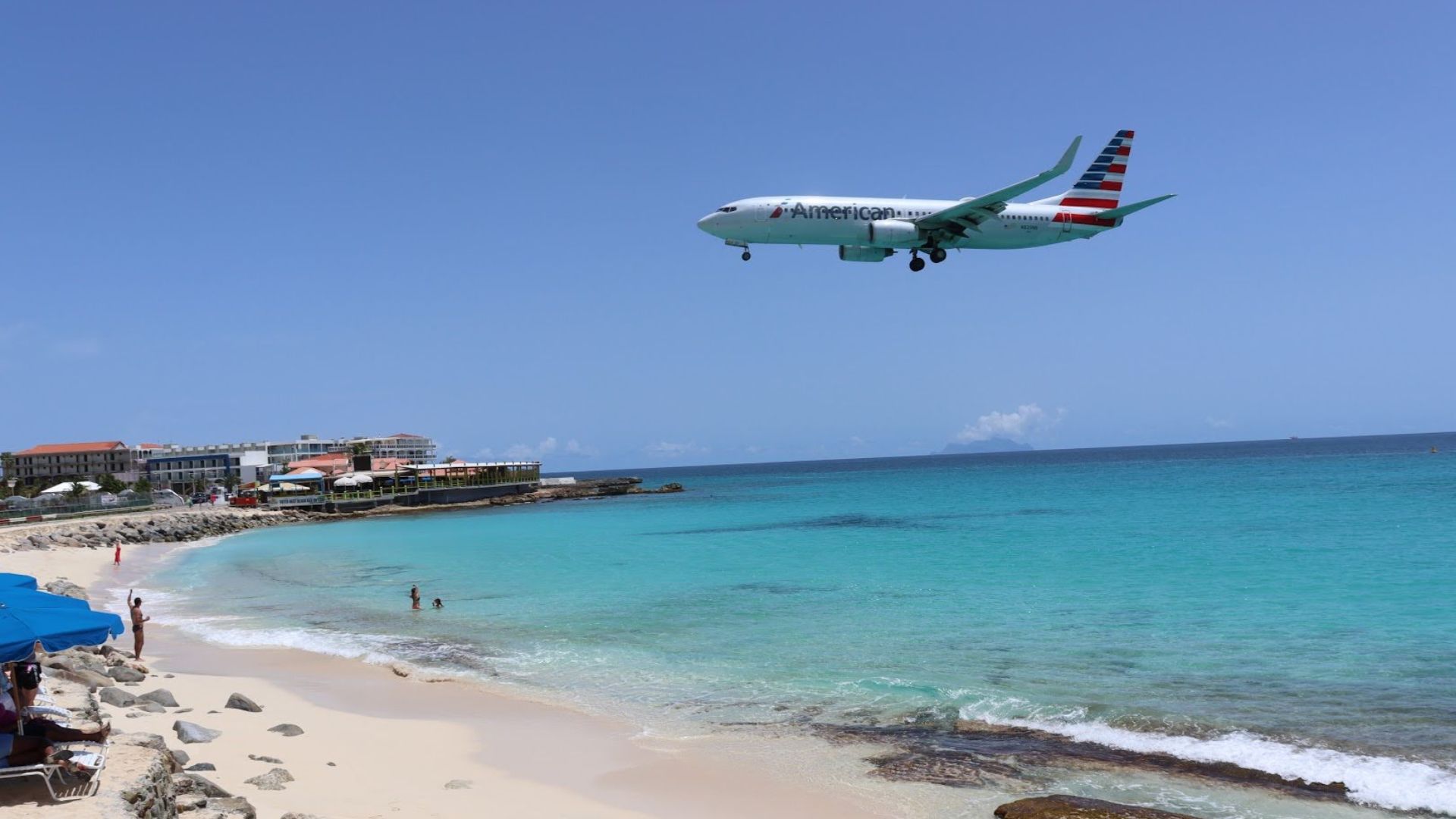
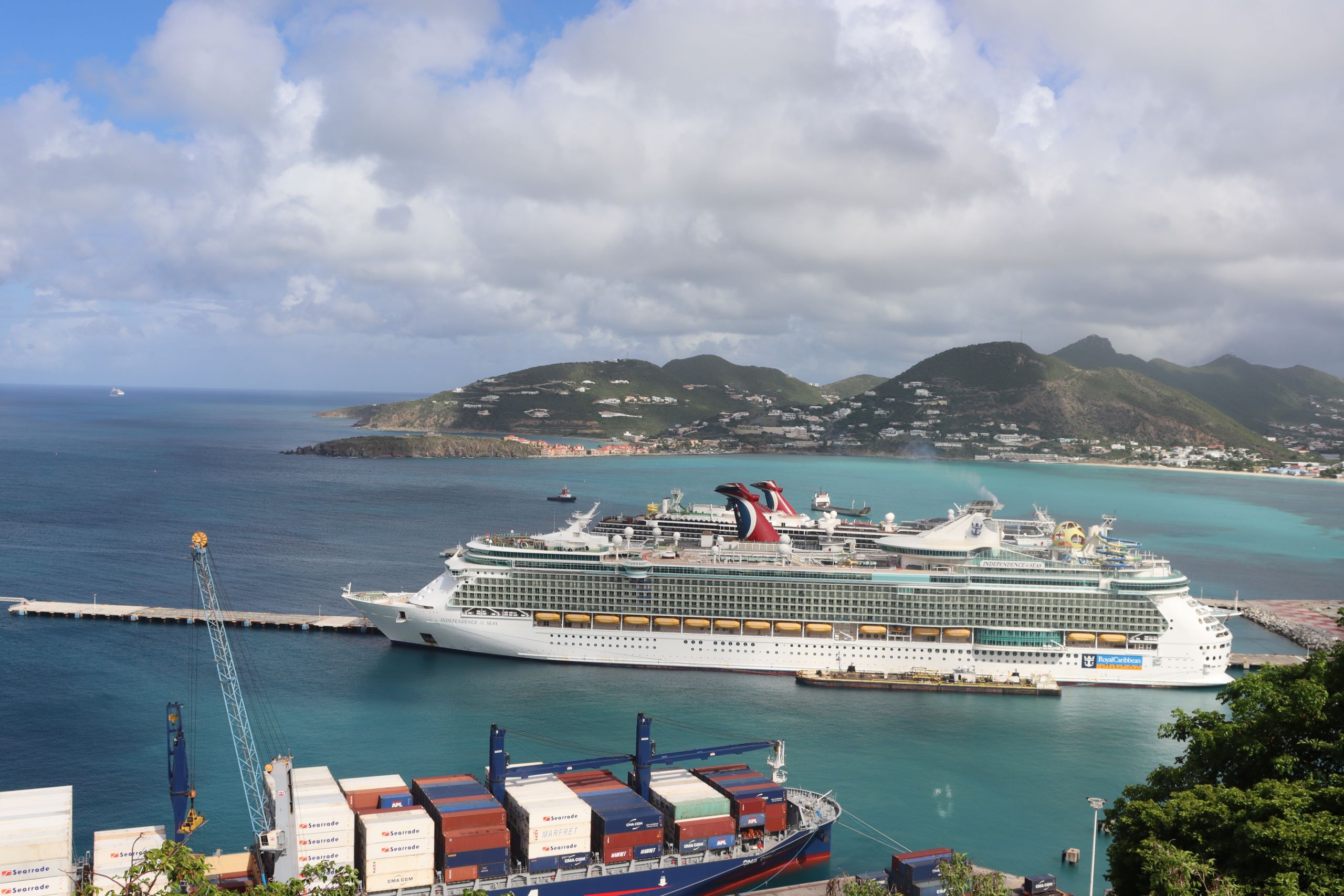
Port St Maarten as seen from Point Blanche (Jenny Steel)
Tourism is the main source of income for St Maarten; the island is regarded as a tropical paradise. SXM, as it's fondly known, is famous for low-flying planes that jet-blast the breath away from tourists who bask on the sandy beach at the end of Princess Juliana International Airport's runway.
Pond Island is just a two-minute drive away from Dr A.C Wathey Cruise Terminal at Port St Maarten. Prior to the Covid-19 pandemic, the port welcomed hundreds of thousands of passengers from the many cruise ships that regularly docked on the island's shores. More than a third of St Maarten's Gross Domestic Product is estimated to come from cruise ships and cruise related business. The Business Research and Economic Advisor's Study found one visit from an average cruise vessel can generate a port such as St Maarten upwards of $700,000.
During the peak season, thousands of tourists can be seen enjoying the beaches, bars, casinos and shopping areas found on The Boardwalk which runs almost the entire length of Great Bay Beach in Philipsburg.
Pond Island: More than just a dump
Although Pond Island is not widely recognised by tour companies or islanders as a tourism hot spot, there are some unique attractions.
'Birders', bird watchers and wildlife enthusiasts who visit Pond Island can find spots to observe bird-life. Many bird species use the Great Salt Pond for breeding, nesting and migration as they head away from the islands during hurricane season. The brown pelican is the national bird of St Maarten. It is depicted on the flag of the island and they can be seen flying high above the Salt Ponds and many other coastal areas of the island. It is the largest sea bird found on the island with a distinctively prehistoric look.
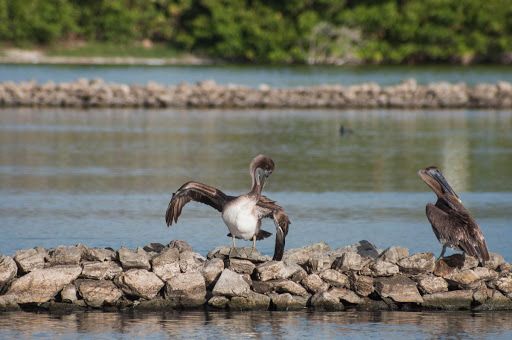
Brown Pelicans on the Salt Pond (Mark Yokoyama)
On the dump, flocks of laughing gulls can be seen and heard cackling away as they scavenge the landfill. Frigate birds are also easily identified in the skies above the salt ponds by their arrow-shaped tail feathers.
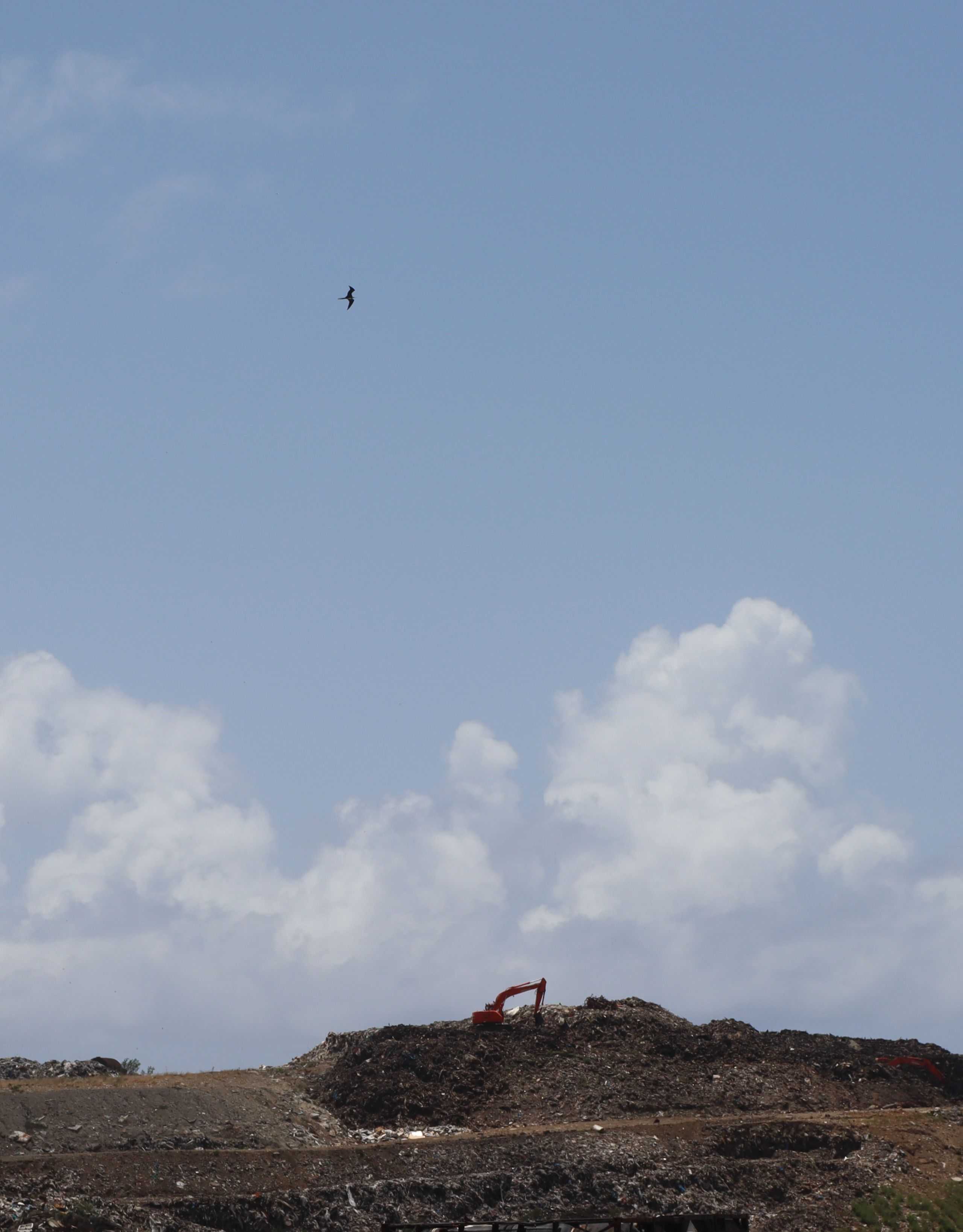
Frigate bird above the dump (Jenny Steel)
Pond Island is also home to Carnival Village. Carnival season on St Maarten runs from late March to early May. During this period much of the island takes a vacation and the Carnival Village jumps up with the music of soca, reggae, calypso and sounds of the Caribbean. The smell of grilled, salty seasoned BBQ foods wafts from the village through the capital city streets and the unmistakable clack of domino tiles can be heard echoing across The Great Salt Pond way into the small hours.
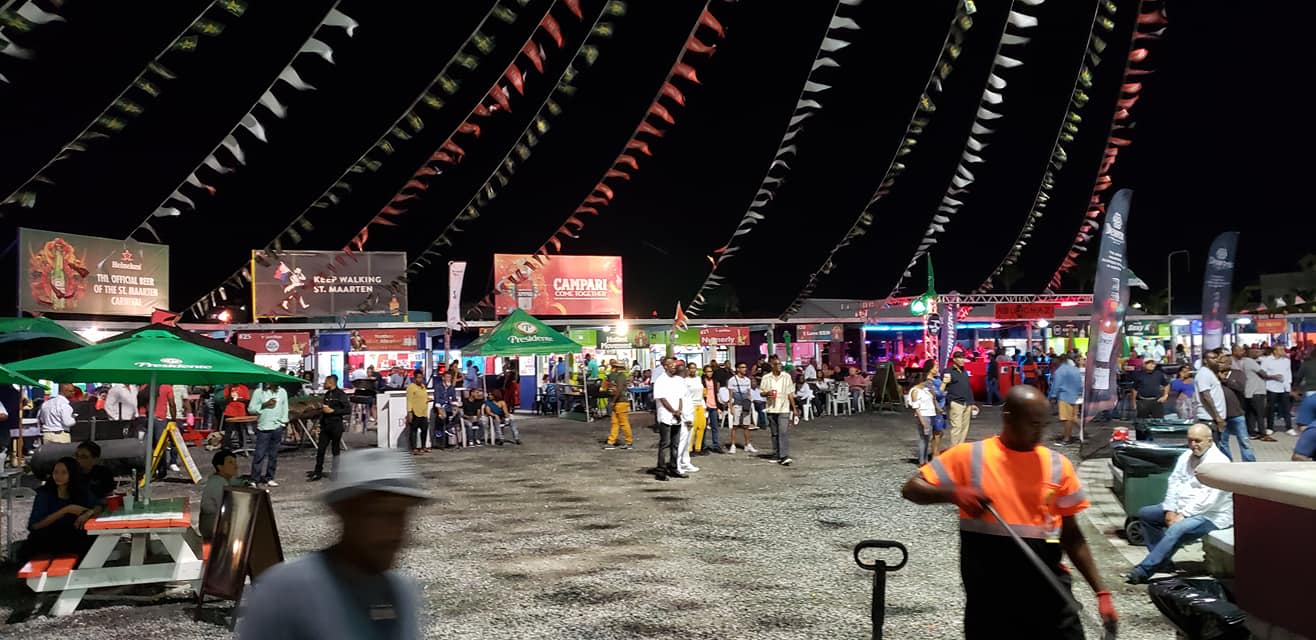
Carnival Village in Action (Jeff Jhangiani)
Anyone looking to investigate the island's adult entertainment venues might want to stop by Pond Island too. XXX rated clubs and bars can be found in the area, including El General where 'paradise' can be negotiated for the right price.
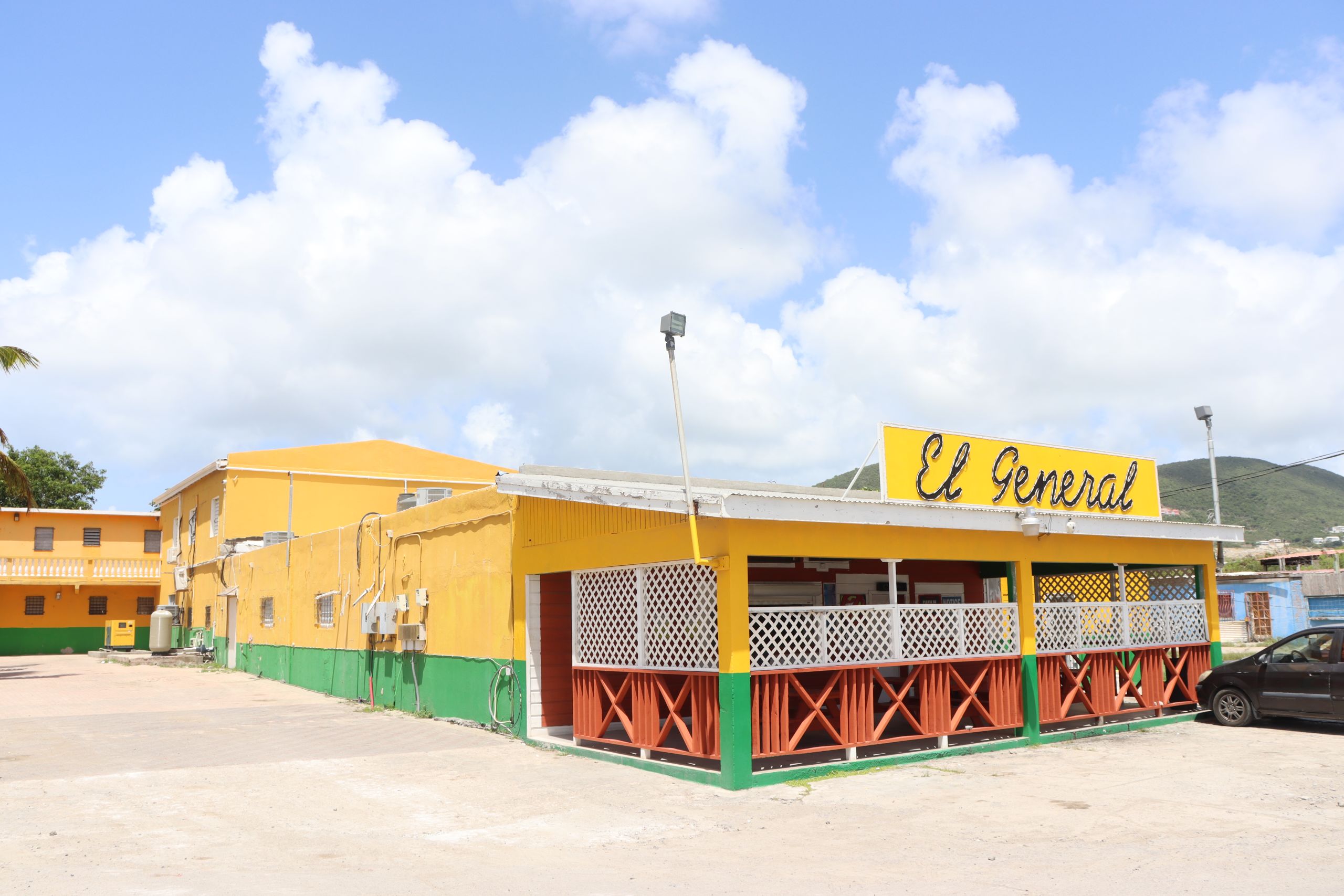
El General Adult Entertainment Club, Pond Island (Jenny Steel)

Port St Maarten as seen from Point Blanche (Jenny Steel)
Port St Maarten as seen from Point Blanche (Jenny Steel)

Brown Pelicans on the Salt Pond (Mark Yokoyama)
Brown Pelicans on the Salt Pond (Mark Yokoyama)

Frigate bird above the dump (Jenny Steel)
Frigate bird above the dump (Jenny Steel)

Carnival Village in Action (Jeff Jhangiani)
Carnival Village in Action (Jeff Jhangiani)

El General Adult Entertainment Club, Pond Island (Jenny Steel)
El General Adult Entertainment Club, Pond Island (Jenny Steel)
Through the years, The Great Salt Pond has played an integral role in St Maarten's history.
But who and what will be here one hundred years from today?